"We have been asked us to speak about our work and why it often starts from a political point of view, how we negotiate this when creating work and how we work with our partners when the subject matter is ‘more risky’.
We want to start with telling you what the company stands for.
We believe:
•that art has the power to transform lives
•in shared decision making, in equal creative stake, in fair and equal pay
•that sharing stories and narratives in public spaces builds our empathetic connection with each other and brings us closer together
•in young people’s potential to change the world and their right to be seen as a significant part of it
These are the fundamental principles, which have been put together by a group of people. They were discussed as a team and developed over time. We hope that both how the work is made and how it meets its audience and partners affirms these principles.
We’re an ensemble theatre company and believe in collaborative creation. Every artist has an input into the production (and often participants too). The work comes from a range of voices – we want space too for the audience’s thoughts and voices in our work.
We attempt to be democratic in the process of making the work and we believe our performances are not finished until the audience’s presence and minds complete them.
We have been working together for over 10 years and now number somewhere between 15-20 artists. The long term working relationships of our ensemble enable us to be bold, take risks, and to learn together as well as take on subjects of increasing complexity and scale.
We make work about the stories, tensions and concerns that we feel in the world around us and which feel too urgent not to be told. Sometimes these are national or global concerns, like the intertwined pressures of global inequality and climate change, or the huge problem of youth unemployment. And sometimes they are about how human lives intersect with large economic forces at work: How do we value the work of carers? What’s the human story of urban regeneration? Does anyone actually understand the global financial crisis? Our projects inform each other and due to the nature of ensemble we have a shared history of making this work together.
Each performance is different but contains some distinctive choices that reveal our belief system and how it exists within our productions, and that's what we're going to talk about.
Each performance we’ve made has been a learning experience.
We make decisions about the relationship with the audience, the framing of the themes and the performance style as we develop the show.
The form of the work is often driven by the theme but there are some characteristics we think we return to.
The whole process is a bit like doing a jigsaw puzzle in the dark- trying to find the shape of the production.
We aim to tackle political themes without lecturing – imaginatively, finding new insights – we need to be taking ourselves on a journey where we don’t know the answers to the questions we are asking, otherwise we’ll bore the audience.
Probably because we are a devising company and start with our own experiences, we are less interested in fantasy and tend to focus on recognisable characters and stories, which we then find ways of elevating above the level of the pedestrian. We enjoy the audience recognising themselves or people that they know in the work.
Often, like with All That Is Solid Melts into Air (a show about urban regeneration) we’ve made our shows while embedded within a community or participatory process. In this case we worked alongside Thomas Tallis School, on the edge of the Ferrier Estate in South East London, where both the school and the estate were being regenerated. Many of people on the estate (and who were connected to the school) were trying to grip onto the present whilst being asked to imagine an uncertain future. By embedding the process of making the work alongside real life events, the work becomes more relevant, purposeful and is inspired by reality.
We want to entertain too and by adding spectacle to our politics we aim to create work where the everyday becomes larger than life and the ordinary becomes extraordinary. By using aerial techniques where the body is at risk we encourage the audience to feel the tension and stakes of the situation. Watching a couple dangle themselves upside down whist trying to get a crying baby to sleep tells the story of an uncertain future in a very extra-ordinary way.
We attempt to ask big questions with our work but make them palatable and accessible to an audience.
Inflation was an attempt for us to understand what happened when the government bailed out the banks and protected the structures and frameworks in banking with a resultant policy of austerity. It’s a huge and complicated issue to unpick – particularly in a mostly physical piece of theatre, on a bouncy castle.
By starting from the point of our own ignorance and failure to comprehend, and by using clowning, visual humour and buffon we negotiated quite bamboozling and complicated information by presenting naïve characters.
It is a technique often employed by playwrights to impart complicated information to audiences - they add a naïve character who has the ability to ask 'stupid' questions.
With Inflation it also allowed us expose the ridiculous situation the country found itself in and the tragic and comedic nature of made up money. It also made it fun which was really important when creating work about banks that didn’t scare away its audience.
But political work also needs to have large ambition and not just be a side-show. When Bradley Hemmings asked us to make a finale sized performance a few years ago we knew it was a chance to be political at scale.
We had noted previously that there was a prevalence of work at scale that had fantastical narratives – stories of myth, of fable or work based around magical themes. We had found a lot of this work joyous and crowds loved it but, for us, those narratives were not able to articulate what we wanted to say.
We knew we needed a piece of work to entertain a crowd of thousands – it needed to be spectacular and uplifting but also include the recognisable stories and characters, ask big questions and create empathetic feeling in our audience that are, as we have suggested, are hallmarks of our work.
Having worked with a large number of young people over many years we knew the pressures and stress they were under within a world of austerity – we knew their opportunities of work were going to be different to our opportunities and we felt like how we supported them was everyone’s responsibility. Therefore One Million became the story of the growing number of young people who are unemployed.
It was important to put our money where our mouths were and build a performance that was inspired by and included young people’s stories. We worked with a number of partner organisations to creatively work with 140 young people and bring their input to our theme.
We held these workshops throughout the making process so what happened in the rehearsal room could inspire the work with young people and the work with young people could inspire the show. We were cooking all elements of the show at the same time. This was logistically challenging but gave the piece an authenticity, which was vital. 90 of these young people performed in the show, and it felt like they were the engine which was powering the whole performance.
We also worked hard to create ten paid internships for unemployed young people throughout the creative and technical teams. We made it a priority to create opportunities and to offer genuine development and career progression to young people. Several of those initial internships have evolved into fully paid roles with the company since.
One Million was partly about making the invisible visible – bringing the struggle of young people to centre stage.
With Push, we did the same with new mothers, exploring just how challenging parenting a baby in public can be when you are inevitably failing to live up to expectations.
Five women with buggies emerge from the audience to take the stage, and over 20 minutes celebrate triumphs and disasters. Despite being covered in projectile vomit by the end of the show, our characters find a solidarity in a collective and public admission of failure, and discover a joy that comes from acute vulnerability.
This creative interest in the act of caring, and the role of carers in our society led to us developing a season of three indoor shows this year around how we value care.
With 'Care', which was the final part of this season, we took some of the techniques we've developed outdoors back inside, completely reconfiguring Watford Palace Theatre auditorium.
We felt an urgent need to respond to the changes we were seeing in the NHS with the introduction of the Health and Social Care Act of 2012. Like ‘Inflation’, this was a hugely complicated stimulus. Most people, even those working within the NHS, are not able to understand the changes happening to it.
It's possibly even harder to understand when you are dangling upside-down from the ceiling, but we set ourselves the challenge of trying to interrogate and dramatise the impact of this legislation in a way that makes it possible to comprehend on a human level.
The piece attempted to depict an NHS that is becoming fragmented and tearing at the seams. Like the sick body of our central character, as it becomes weaker it becomes more susceptible to the private sector's attempts to subcontract services. We used some of the skills we had been using in our outdoor work - aerial performance, visual story telling and immersive atmosphere, casting the audience as patients in a system which is being broken apart.
As the characters were stretched to breaking point, suspended in the air and being pulled in various different directions, the audience were surrounded by the action.
The audience being within the space made it possible for them to feel the threat and not necessarily be told about it.
We want to make performances with space for questions not full of answers – Care didn’t offer any solutions or alternatives but allowed questions to be raised and gave us an opportunity to plant some big questions in audience minds about where the NHS may be headed and what that may feel like.
It’s not always easy creating political work when it’s devised. No one knows the outcome – not us, not the funder, not the presenting partner. People get nervous they can’t read a script or can’t see exactly of how it may look.
There was some nervousness about Inflation – particularly in areas where there was a Conservative run council. Some of the commissioners were worried about how the scene of David Cameron wielding a pair of scissors on the bouncy castle would impact on their council relationships.
When we made One Million, we had to reassure the Royal Borough of Greenwich that we weren't going to re-ignite the riots which had badly affected Woolwich town centre.
Care, also elicited some concern from the theatre about imagery of vultures surrounding the healthcare services. In a way these tensions help us know what the work is challenging and what buttons it is pressing.
Getting our work made relies on a small number of trusting relationships with people willing to make a leap with us. It's not easy to create an economy of scale with lots of booking fees to balance the making costs of the shows.
The work may stay politically relevant for a shorter time than work on more universal themes. Given the long making period that our work sometimes requires, this makes it challenging financially. I think we are all finding it harder to find secure investment in these straightened times.
Despite this we've set ourselves on a road of creatively exploring some of our global problems. Through 2016 and 17 we've got two projects bubbling away which address the intertwined concerns of climate change and global inequality. The first, Emergency, looks at the resultant mass migration and how we as communities respond to it. And the second, a collaboration with artist Alex Chinneck, will use giant twisted pylons to explore how we overcome our destructive and dependent relationship with energy.
Funding is under pressure, artists are under pressure, society is under pressure.
While it's getting harder, it's surely also never been more important
- to be bringing people together in public spaces,
- to be creatively investigating the enormous challenges of our times.
- to feel part of a group, to move and be moved together,
and to collectively renew hope and imagination in dark and difficult days.
Thank you"

























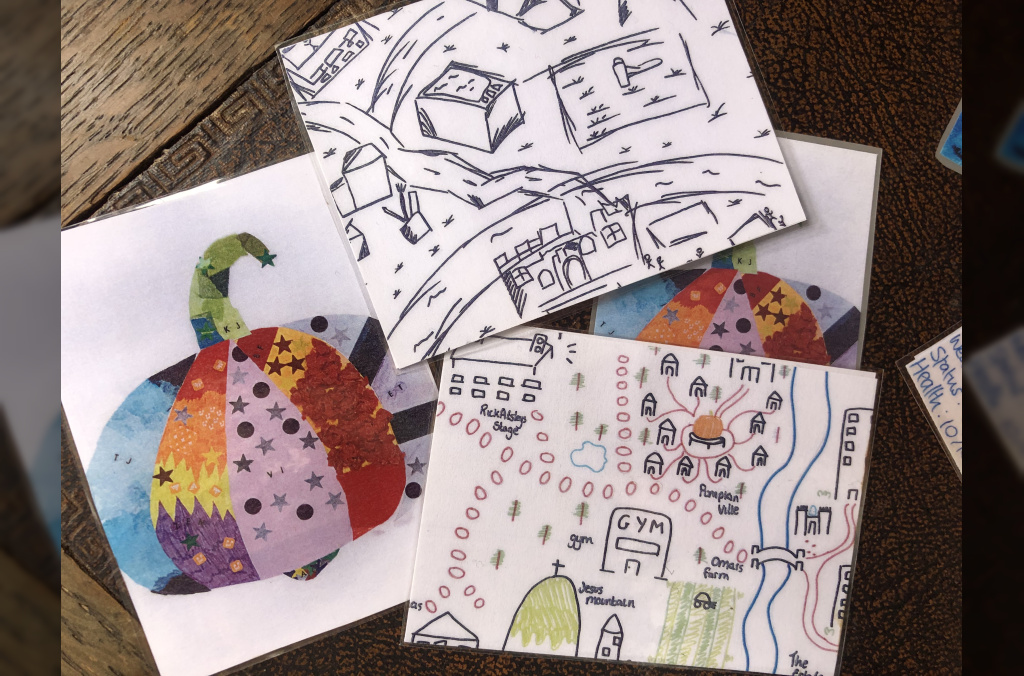
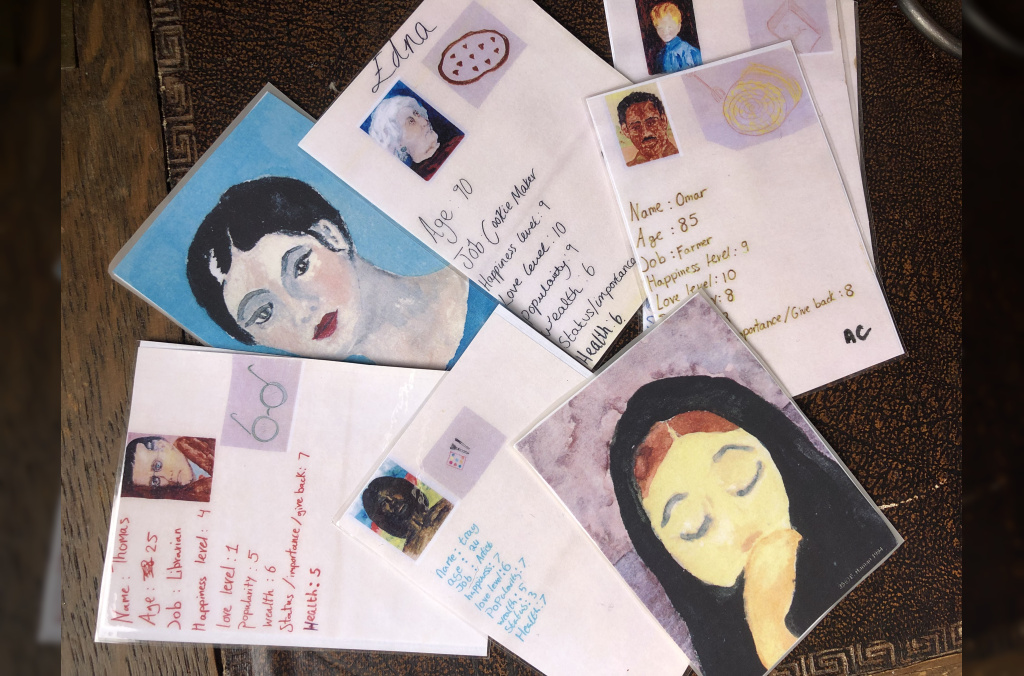

-2-1024x676-blur.jpg)

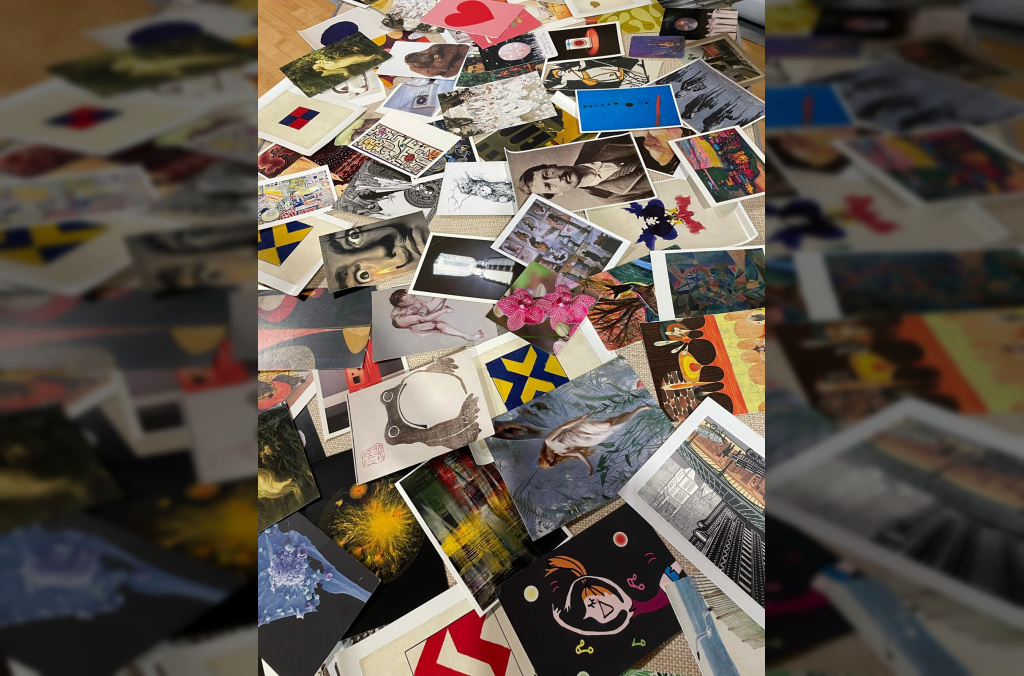
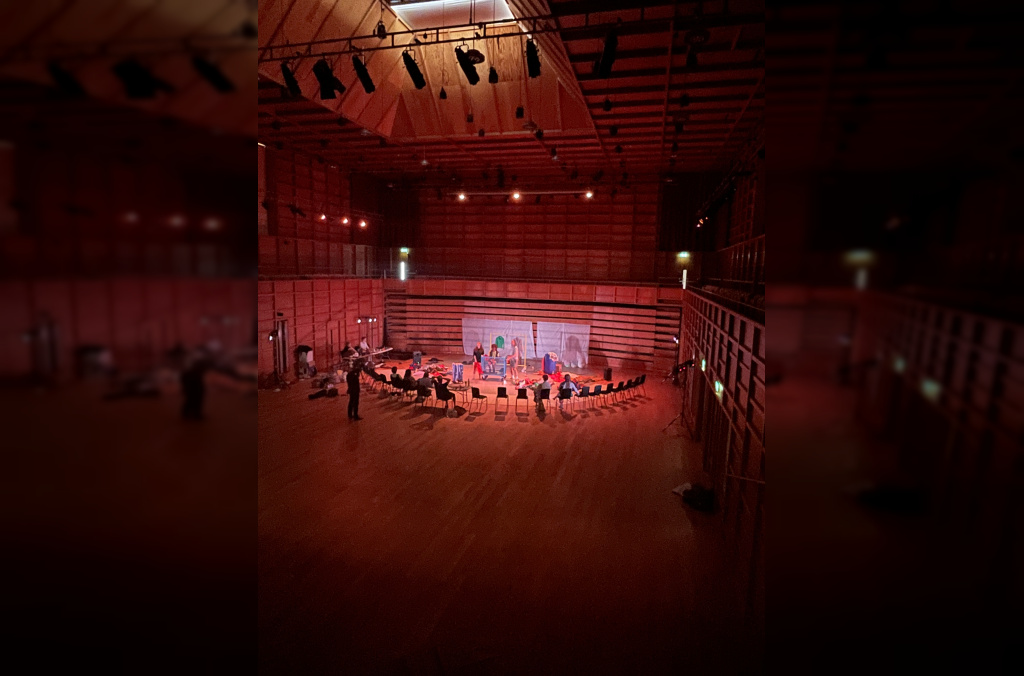
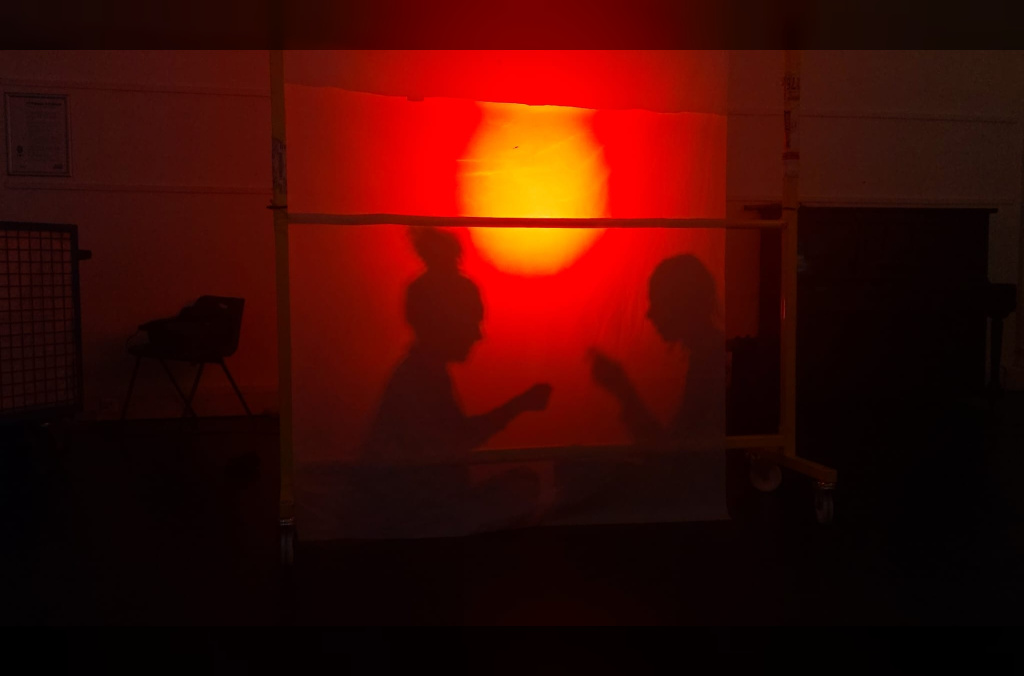
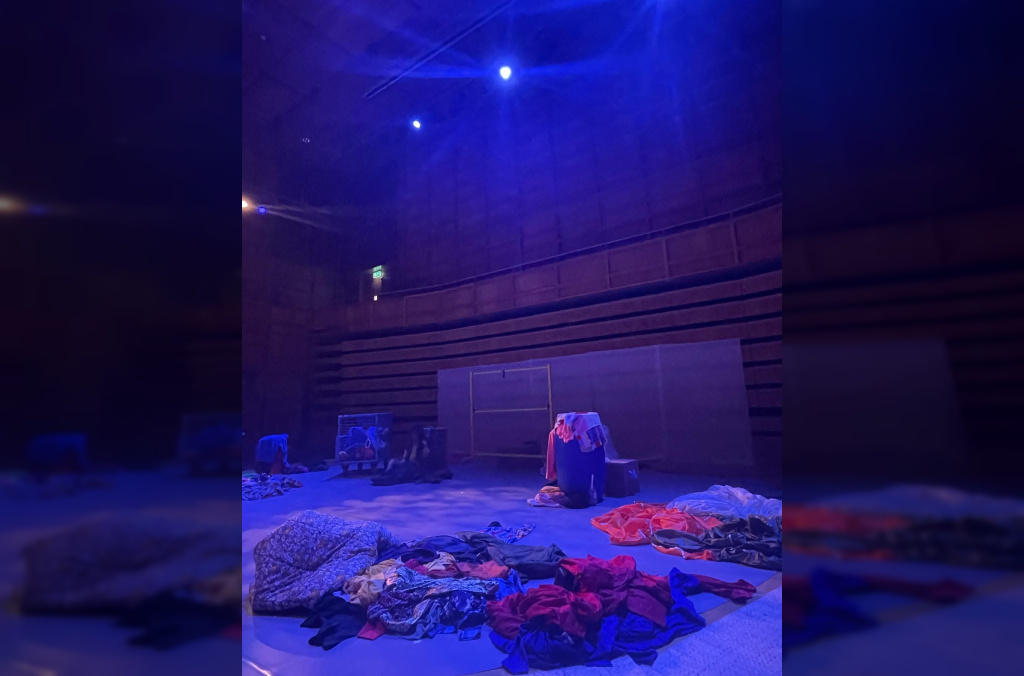

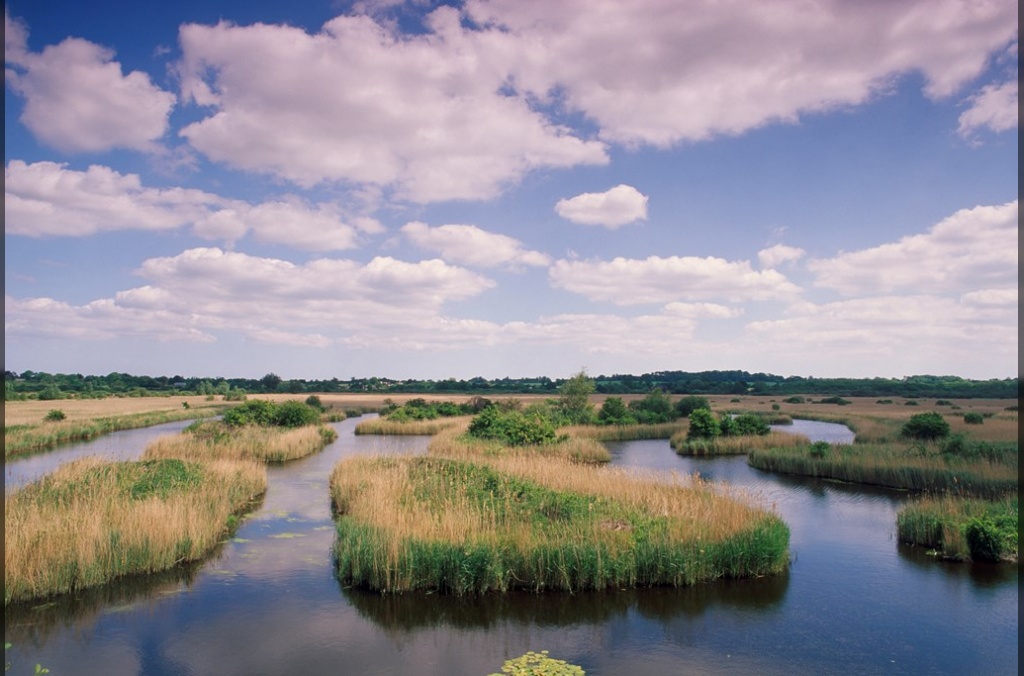
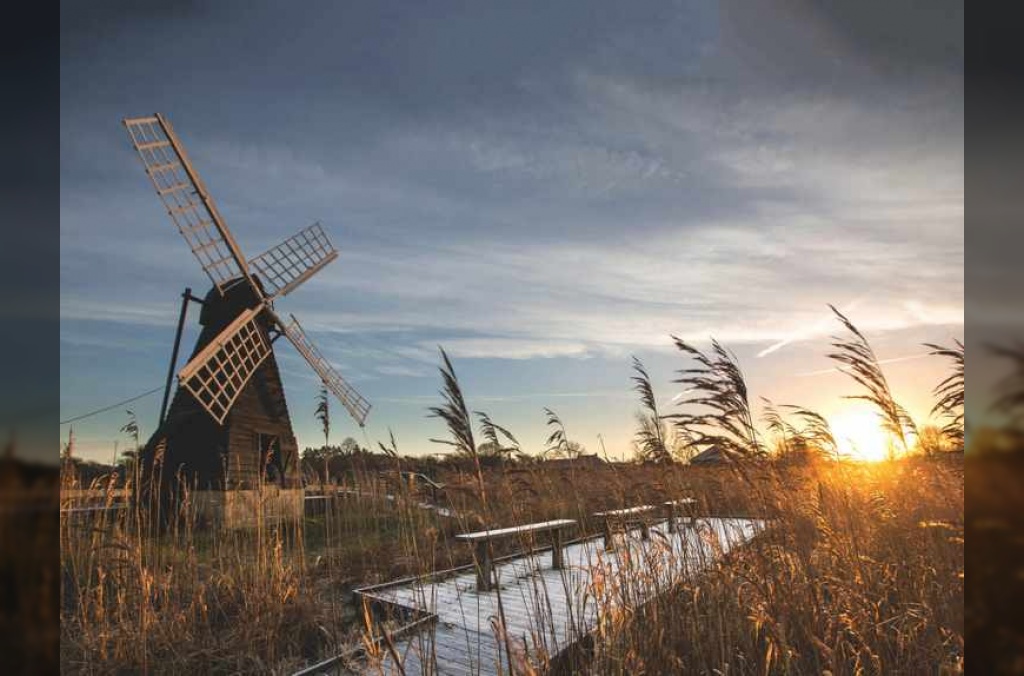






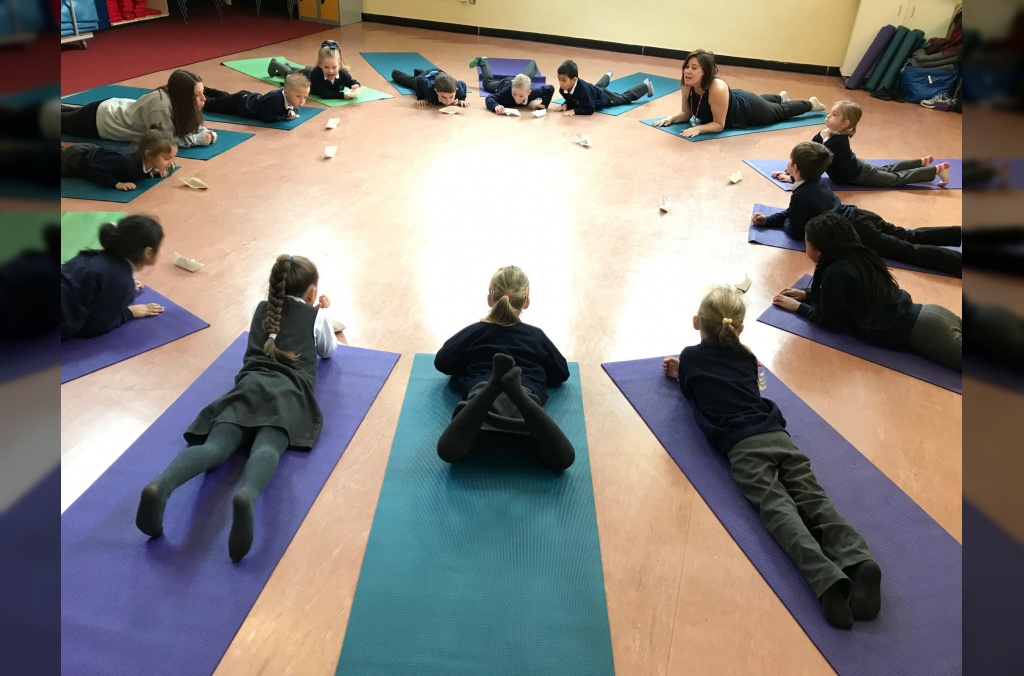
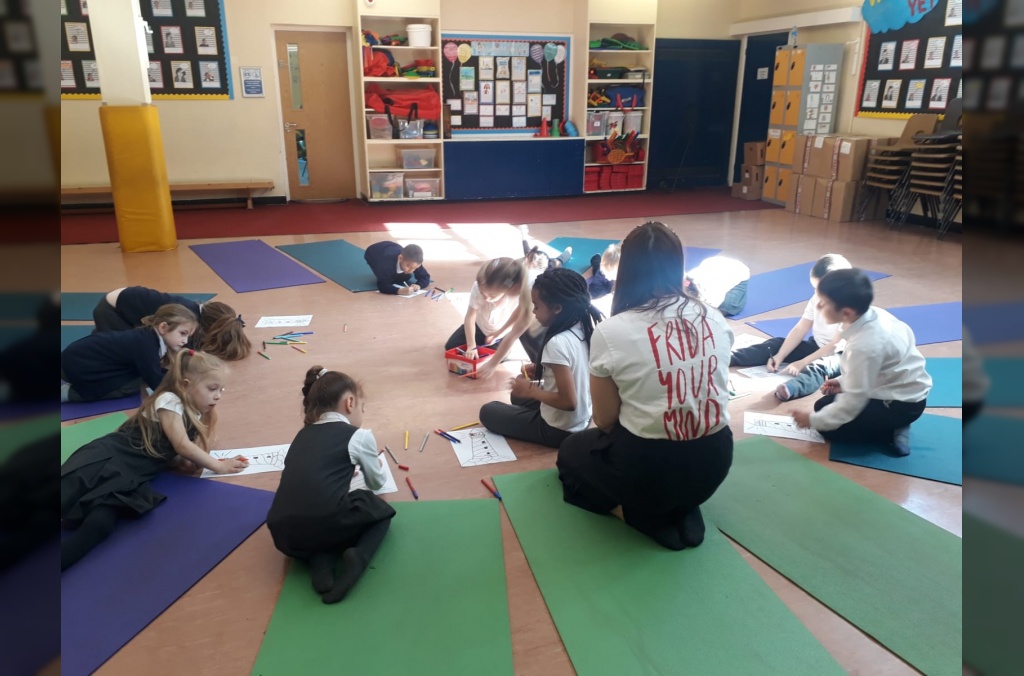


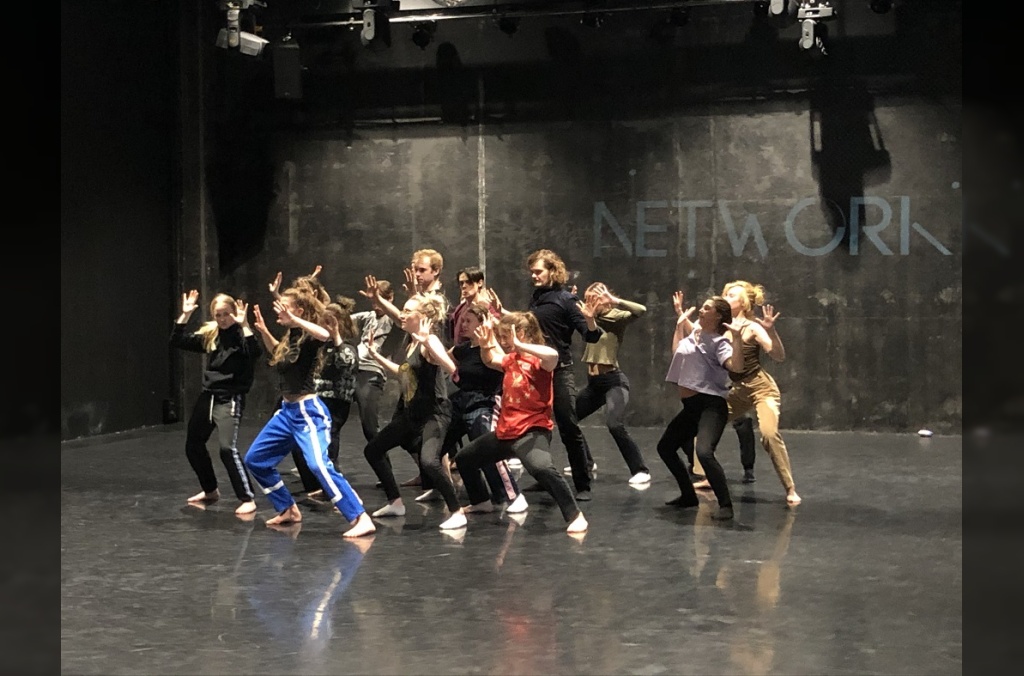
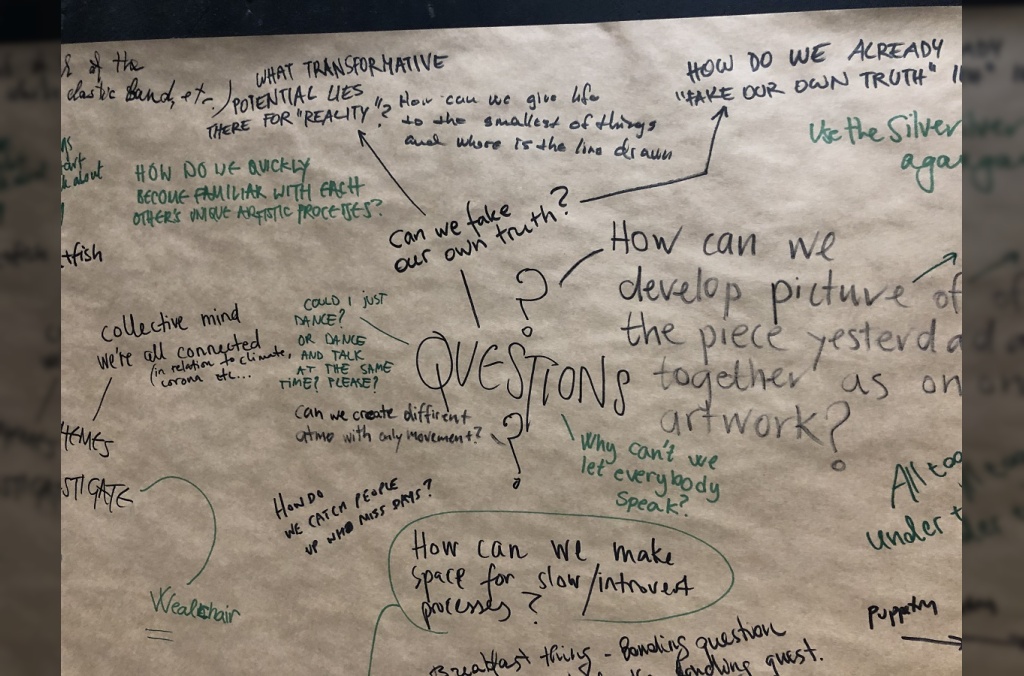
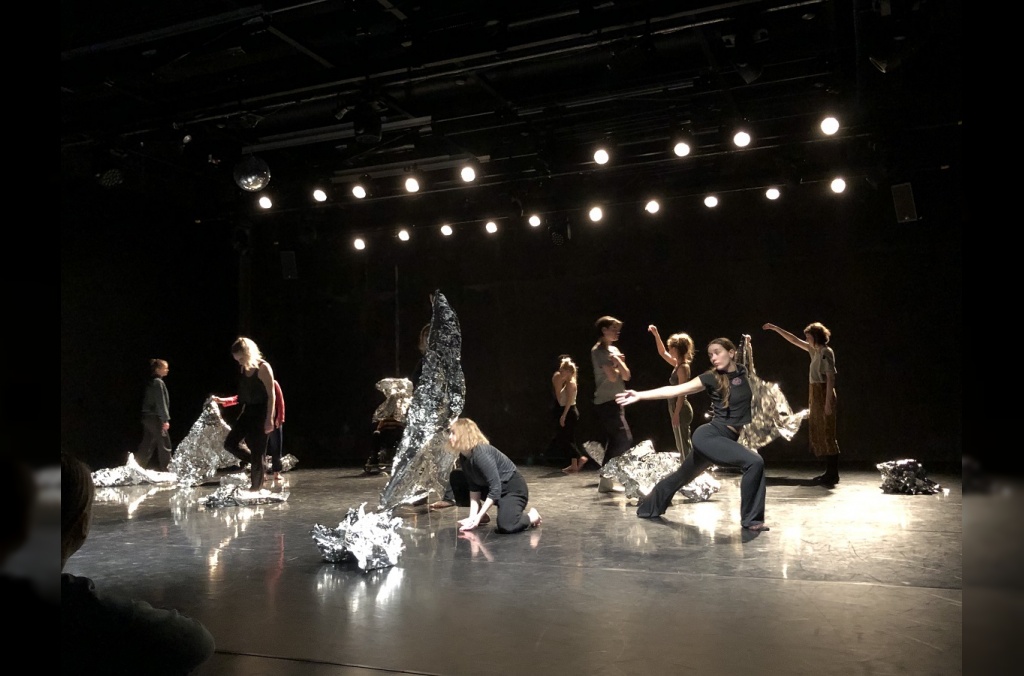
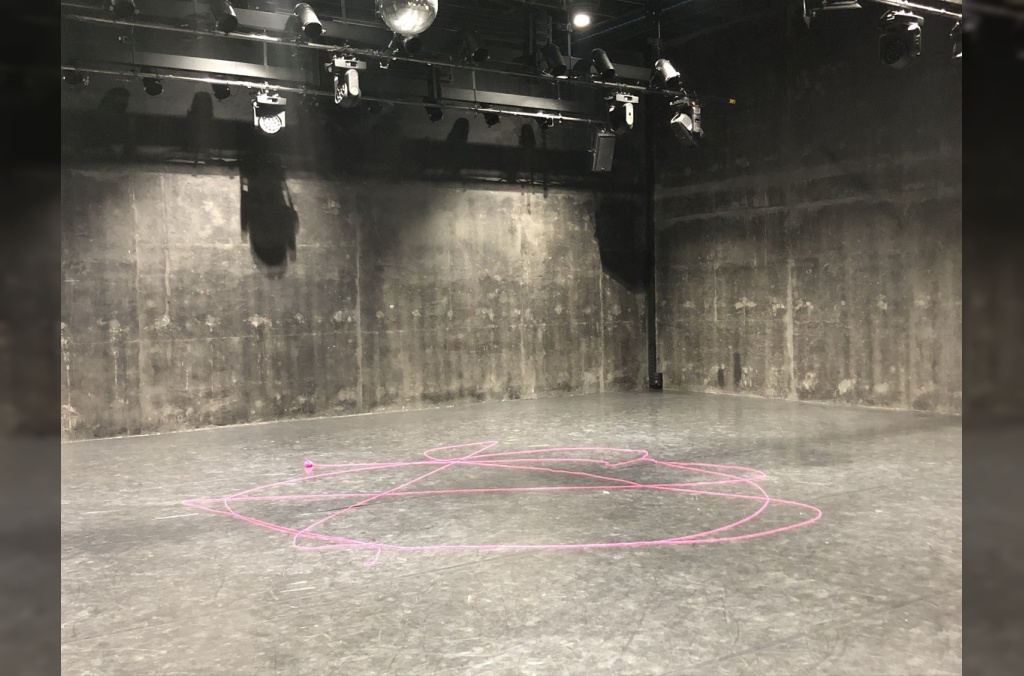
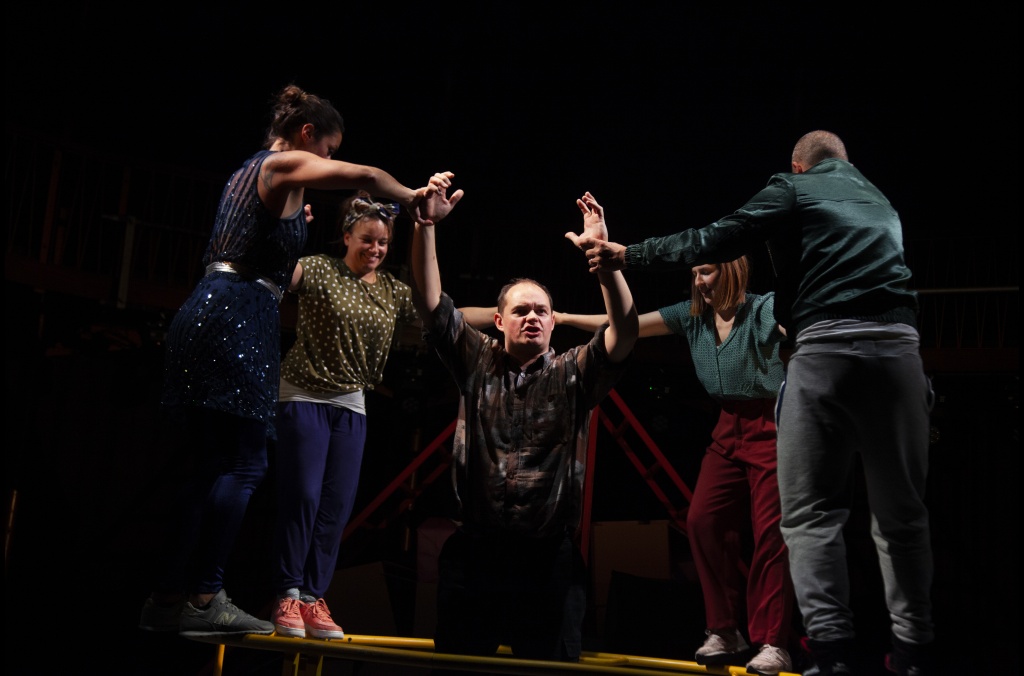

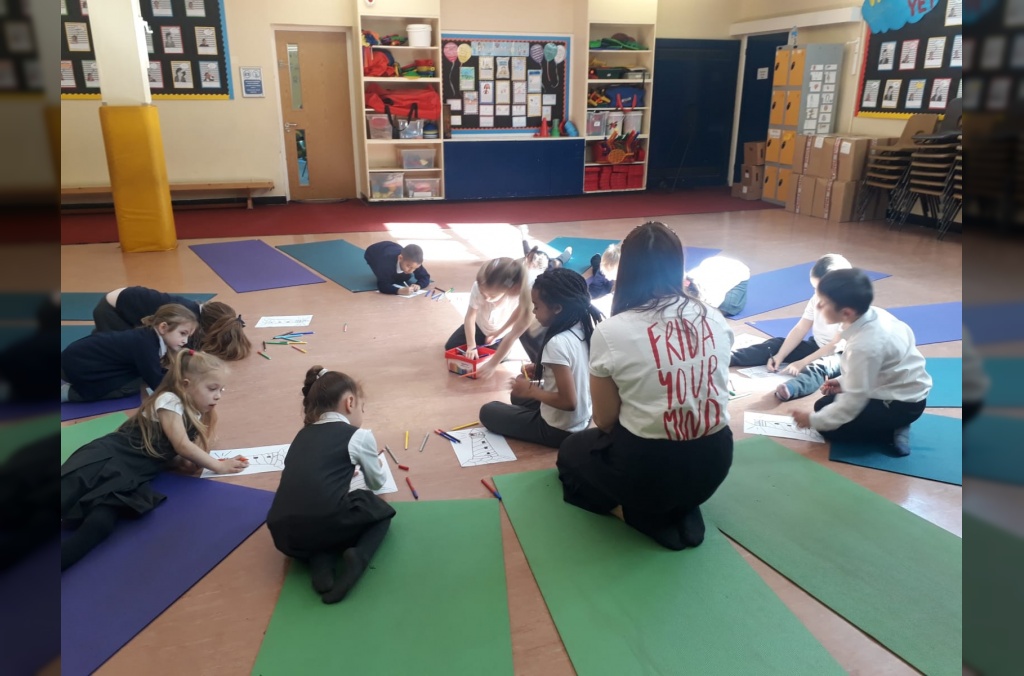
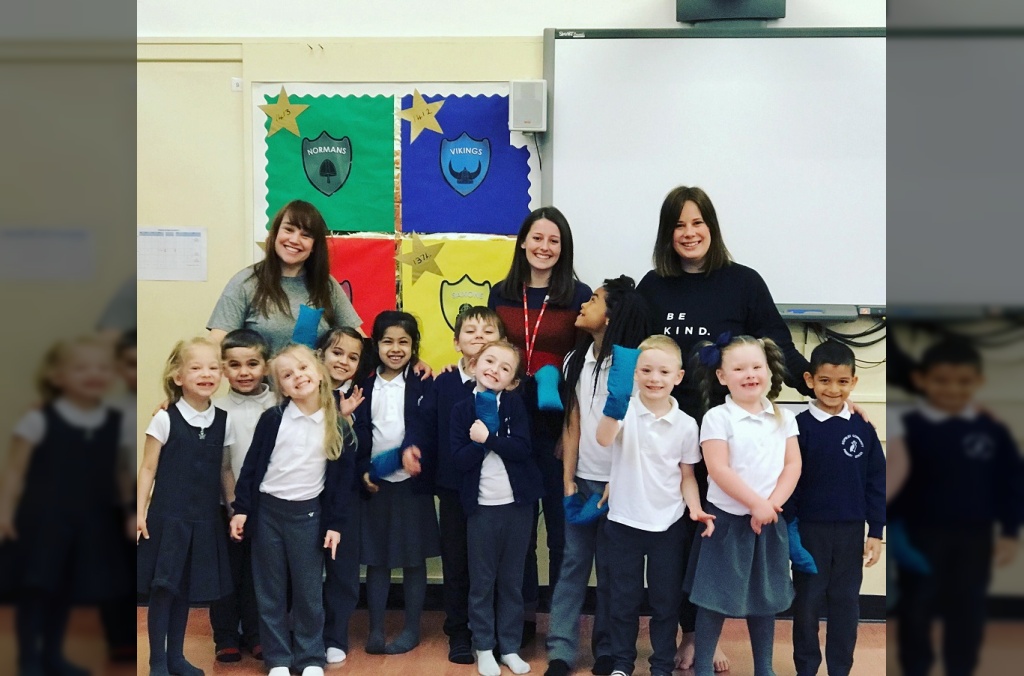
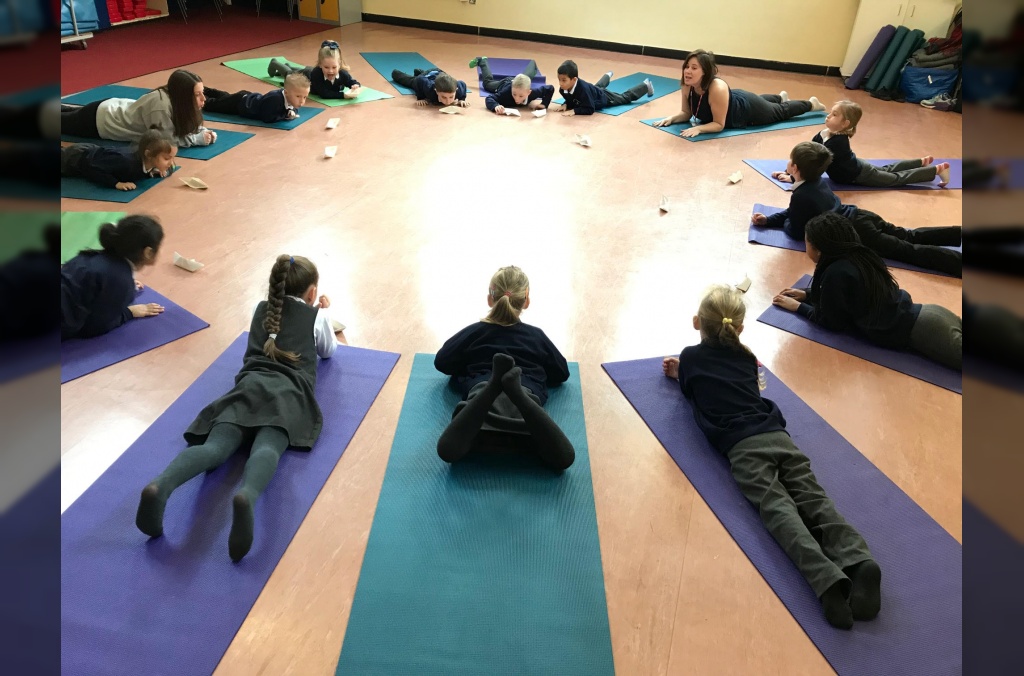

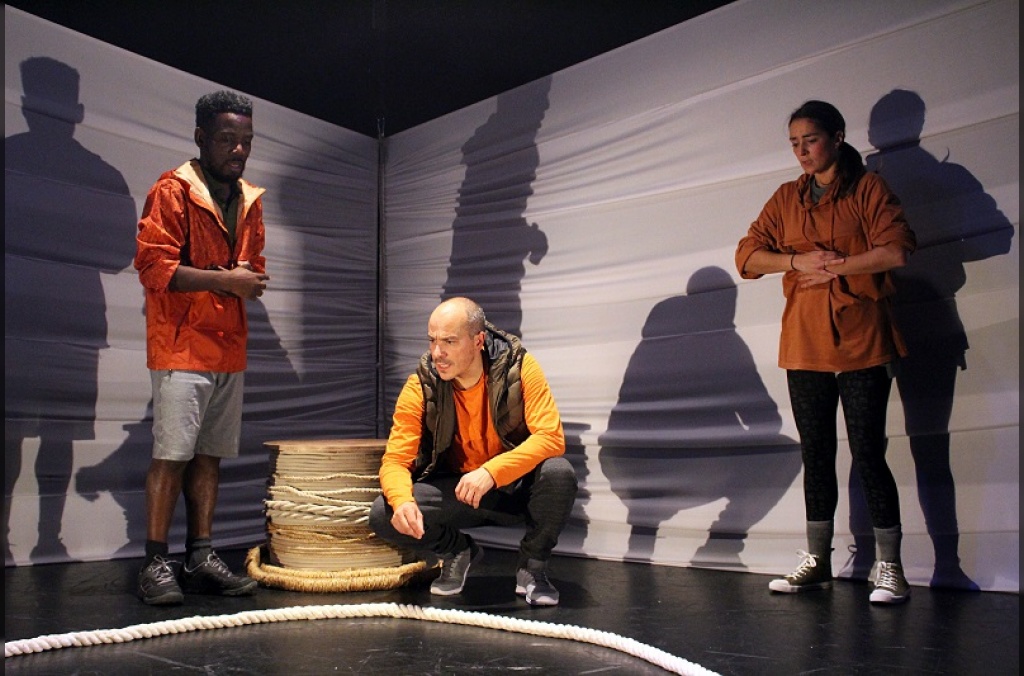
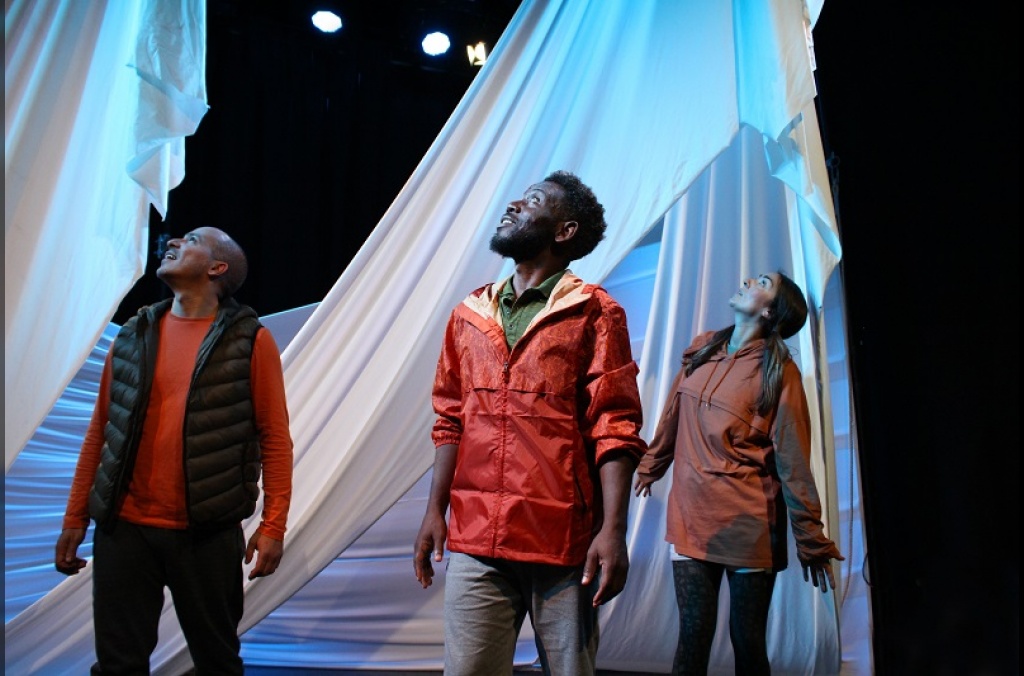
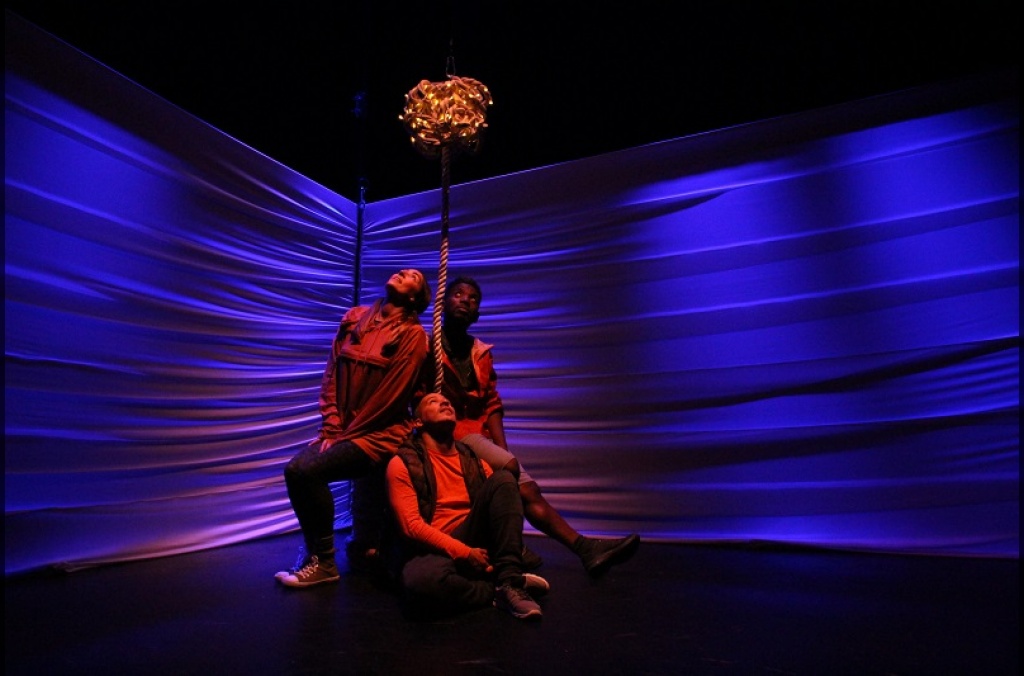



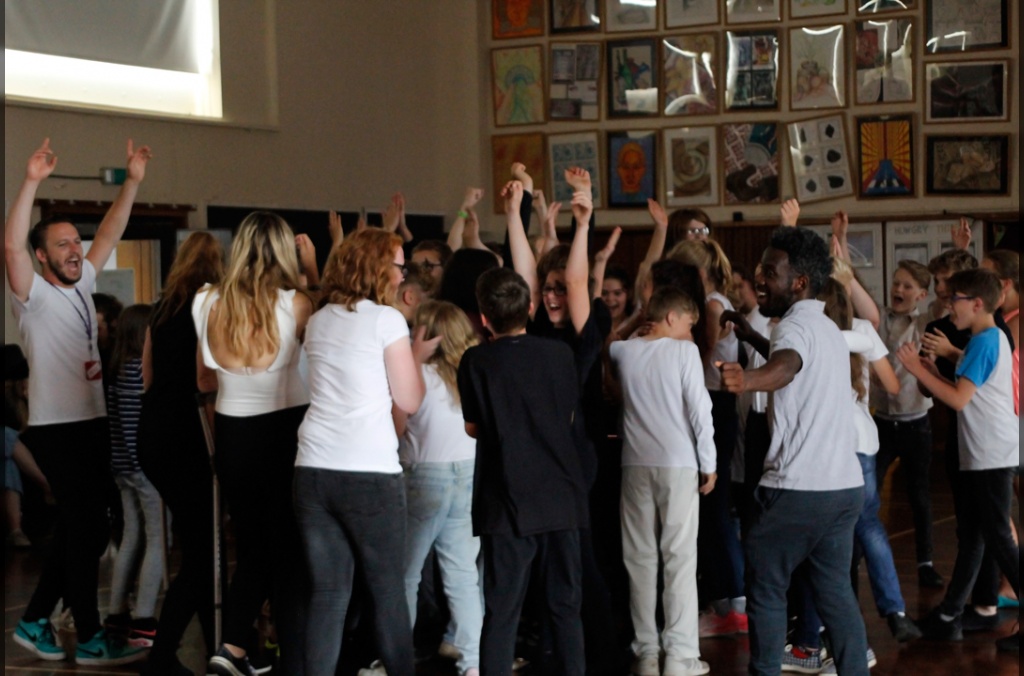



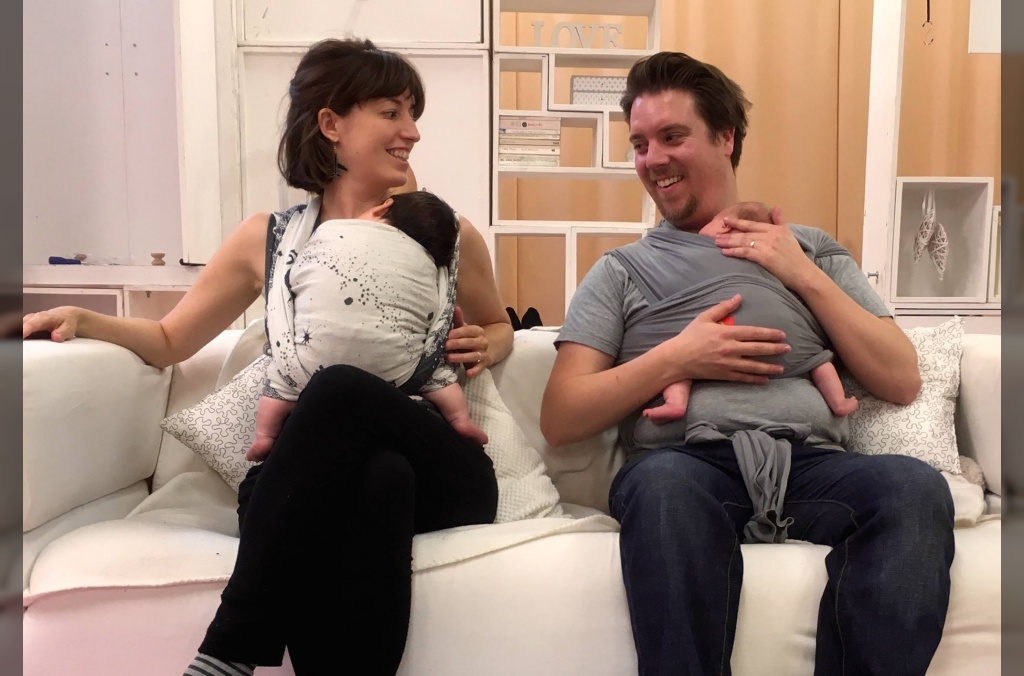
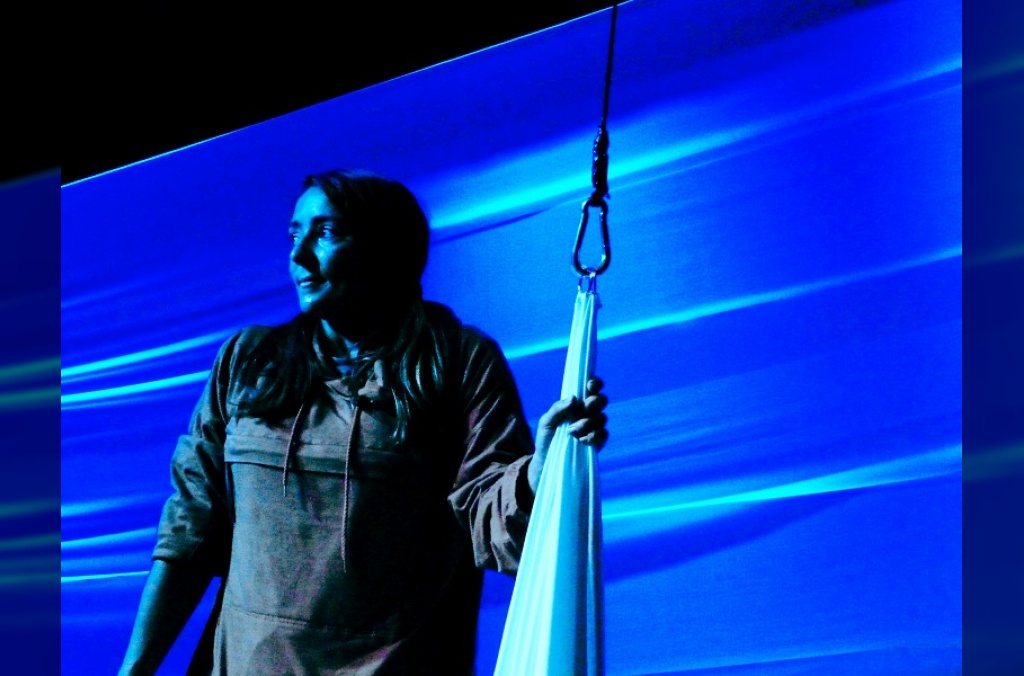


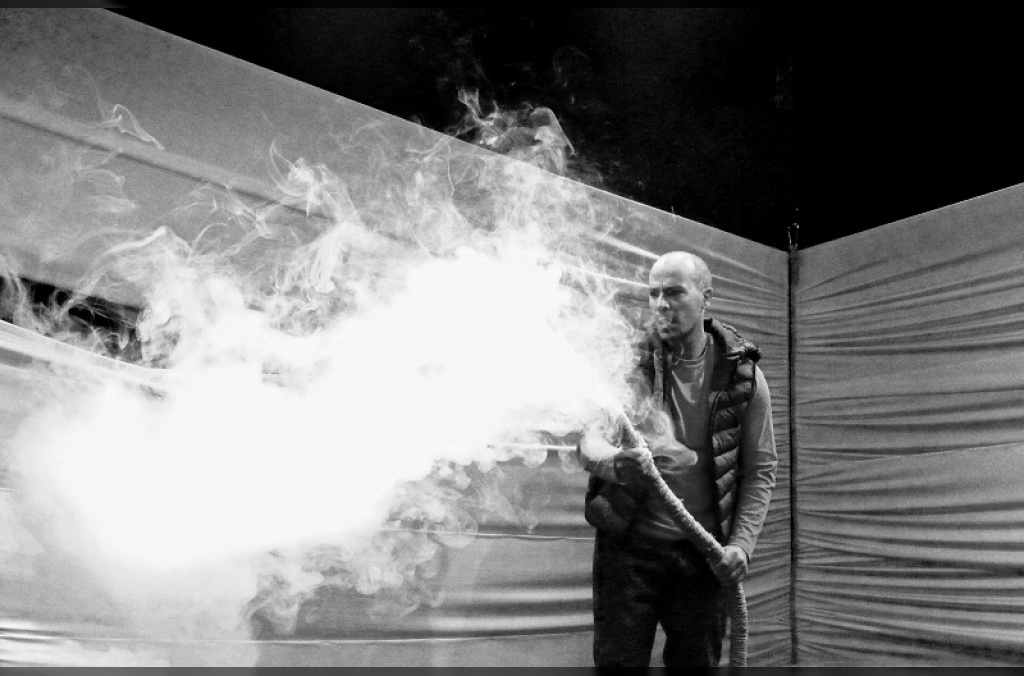
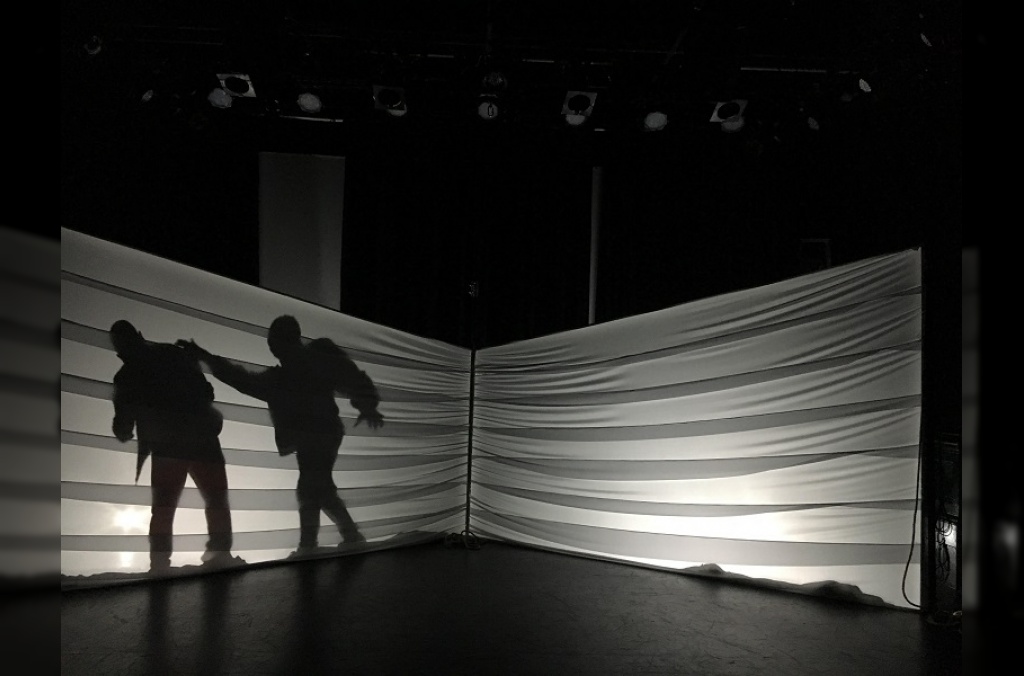
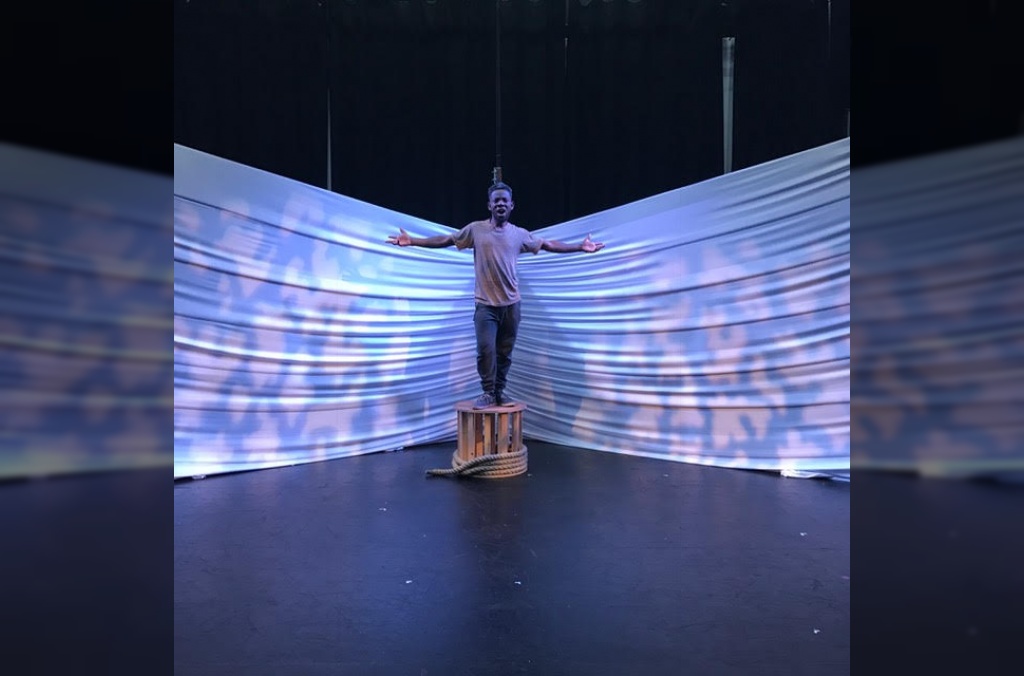
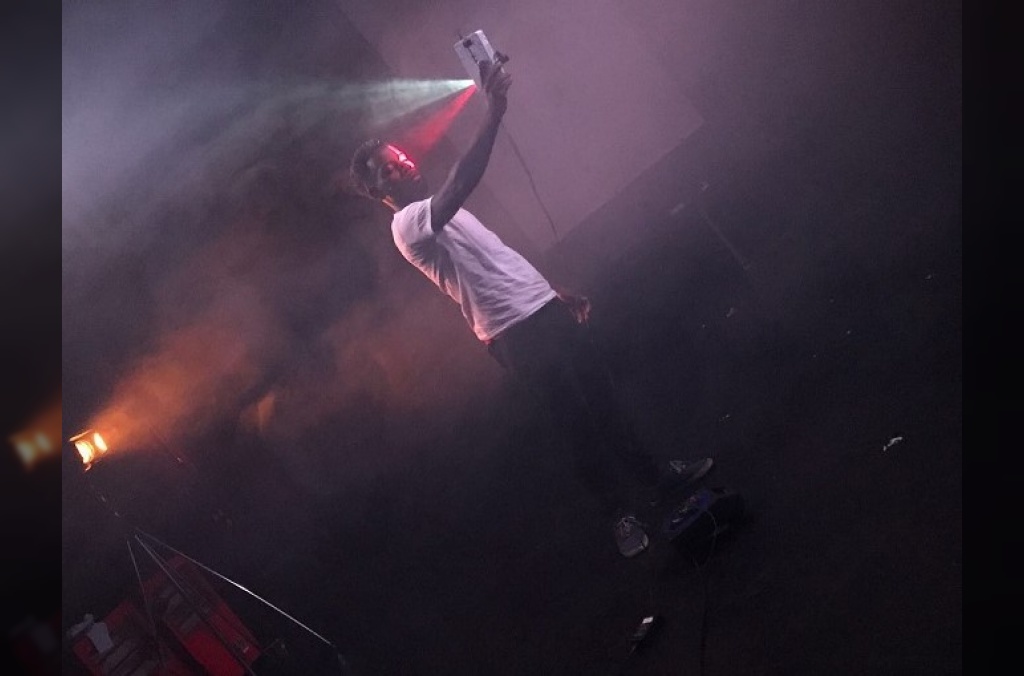
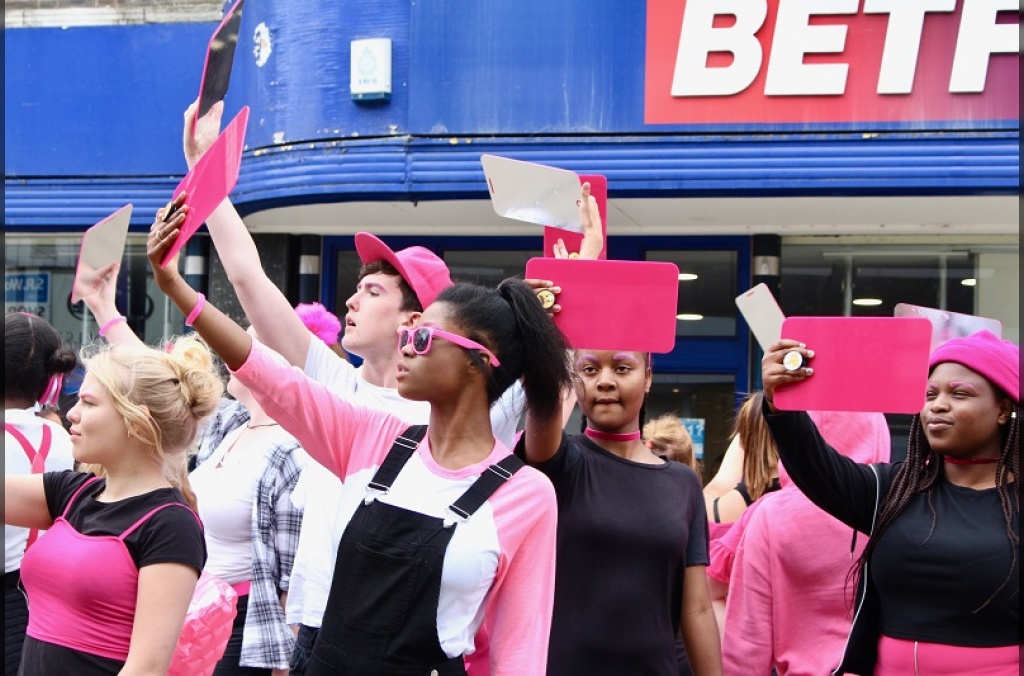
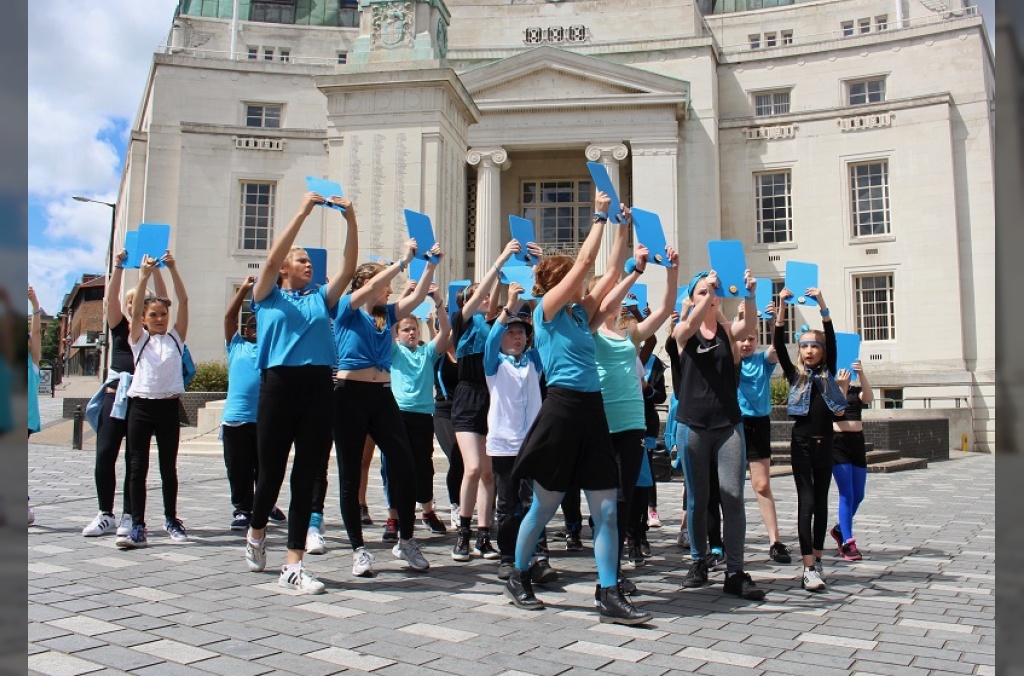
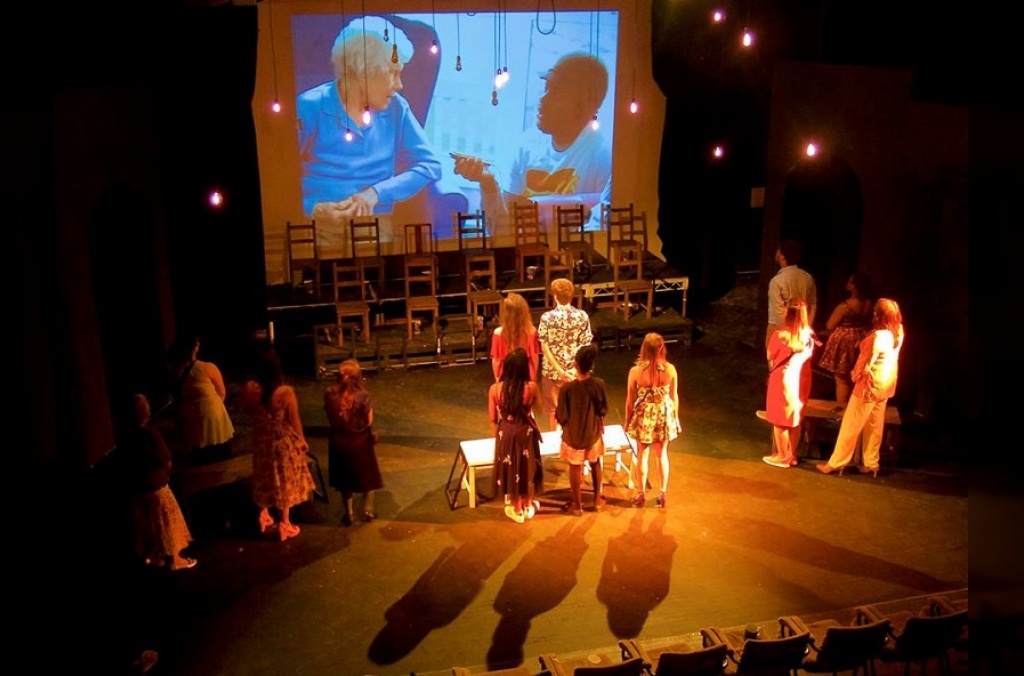
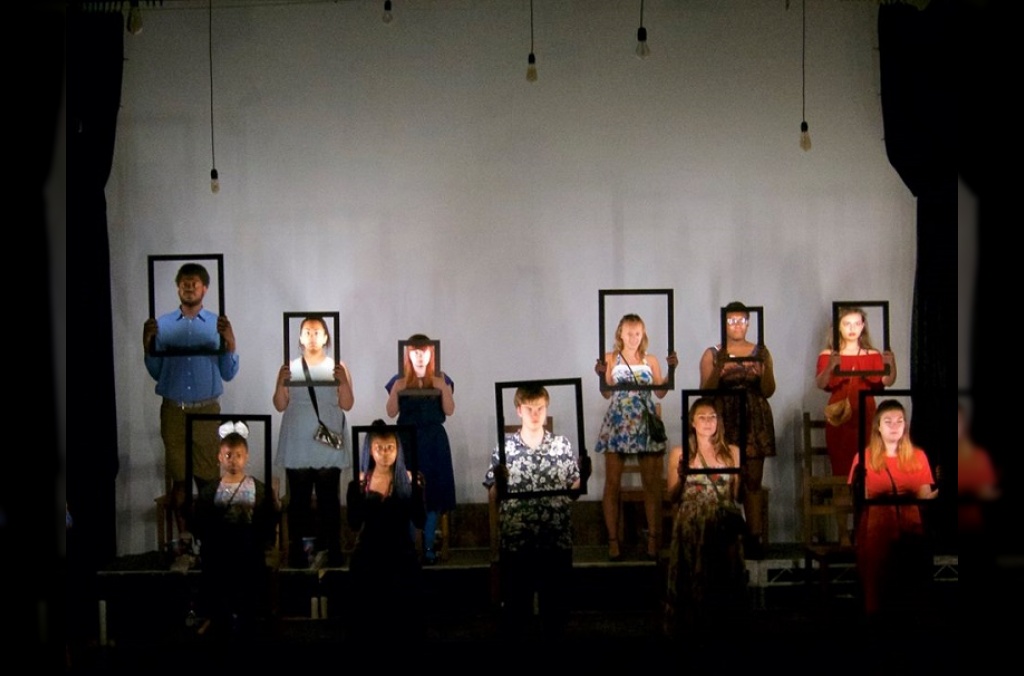
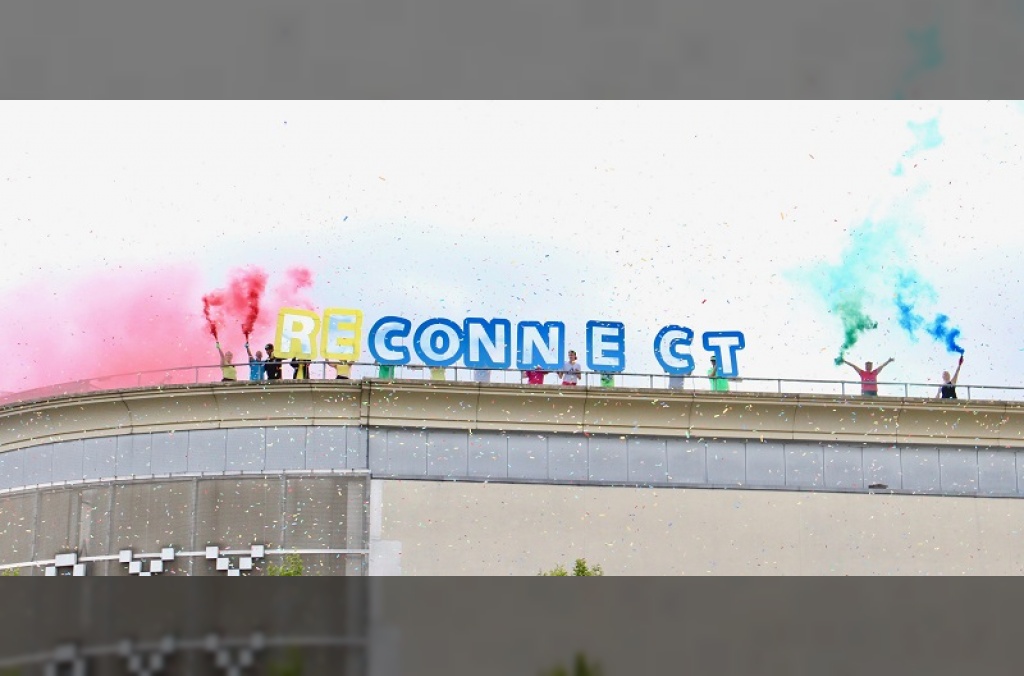

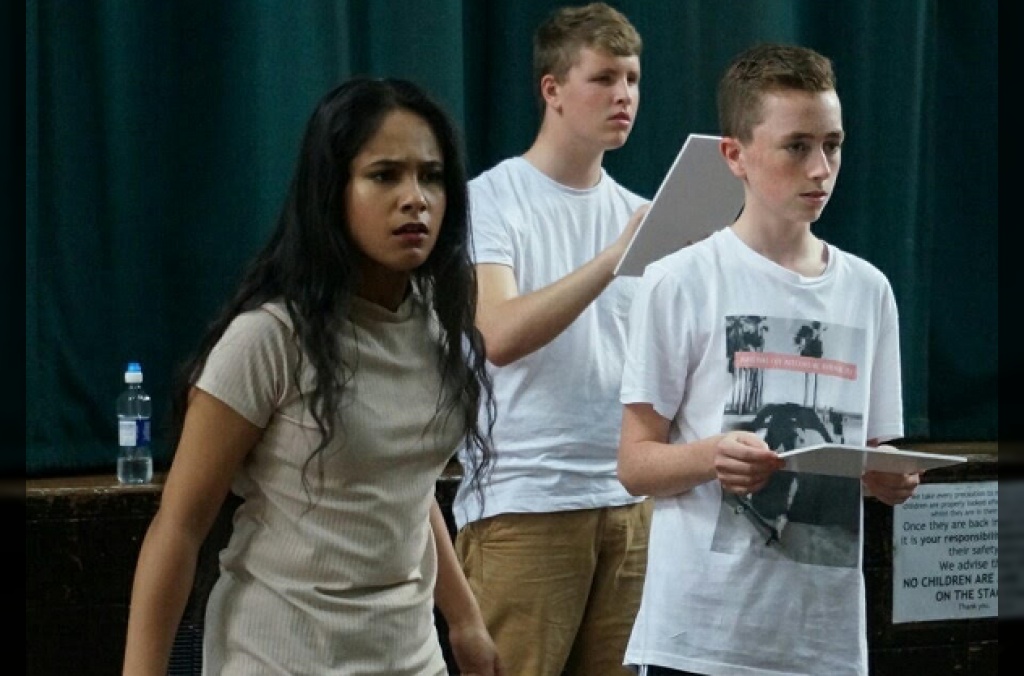
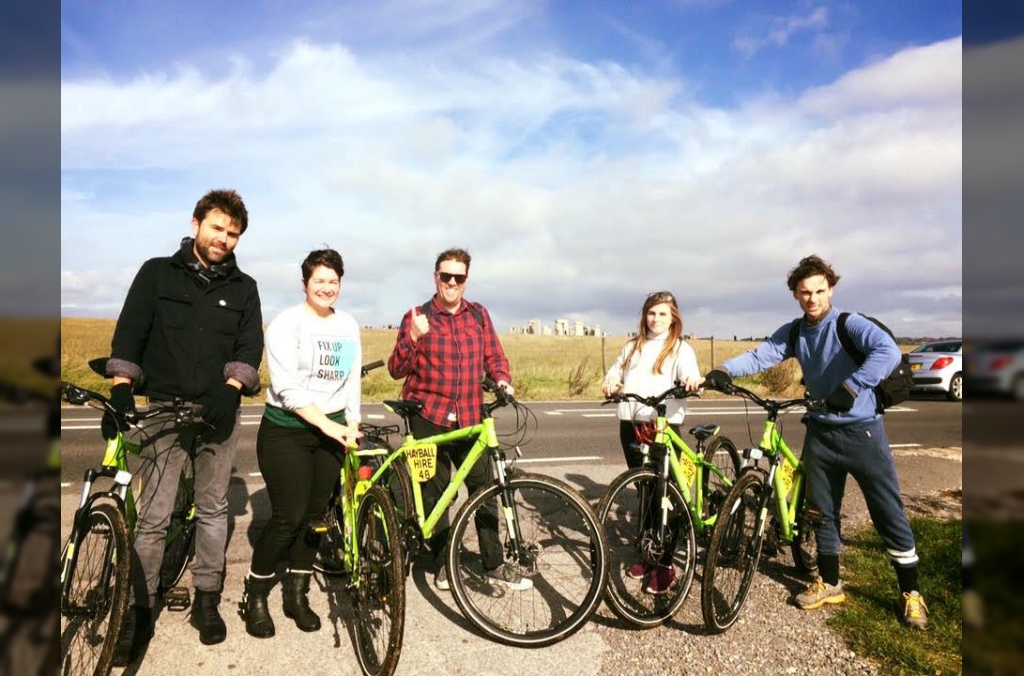
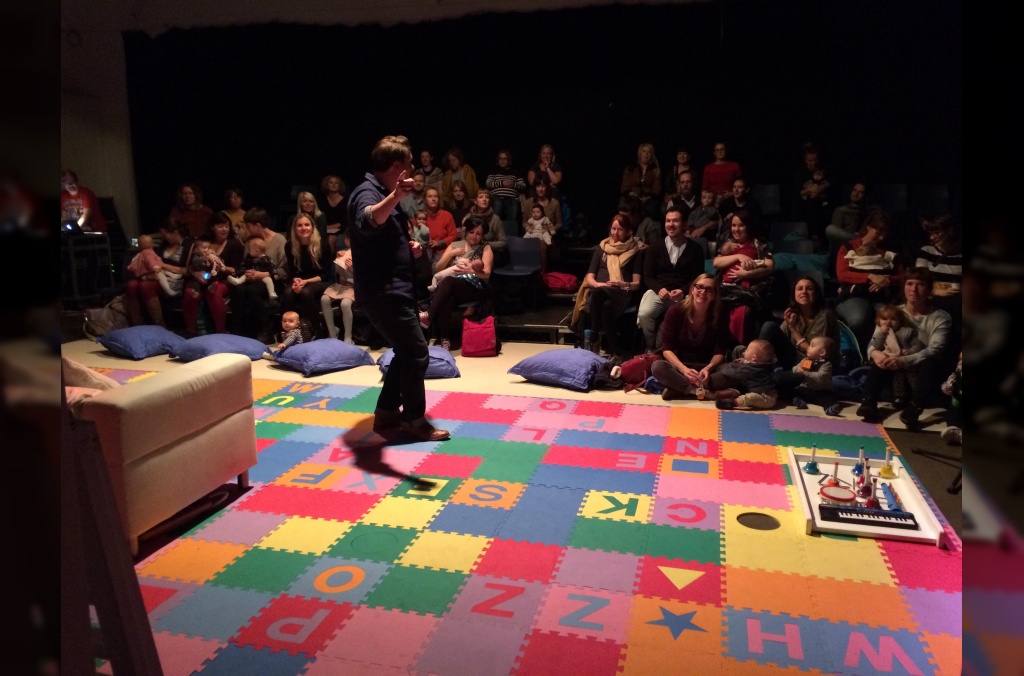
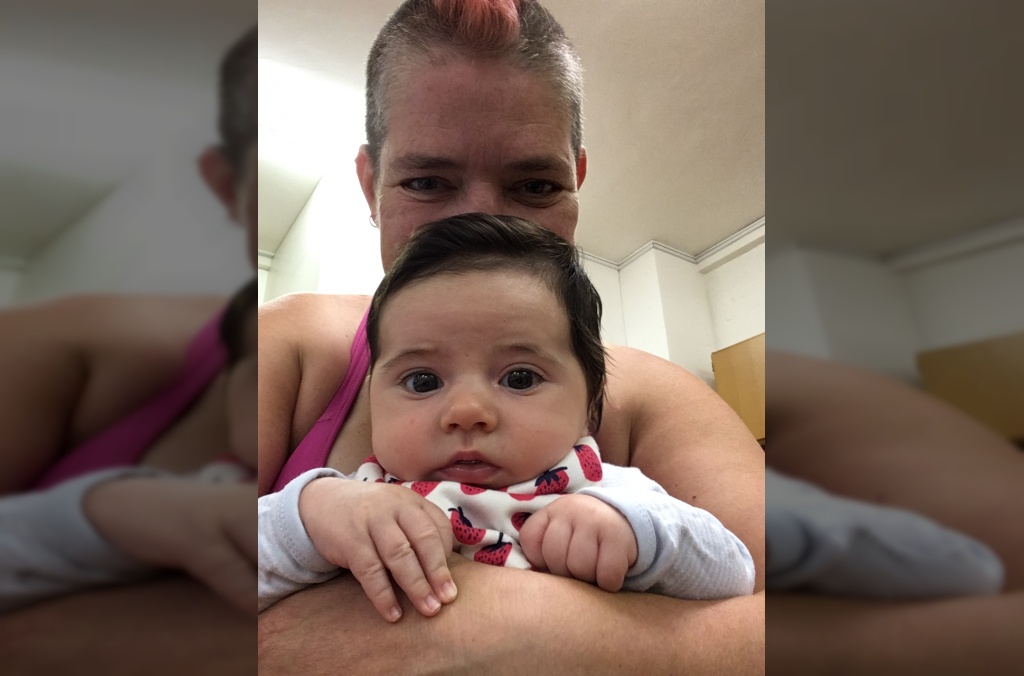
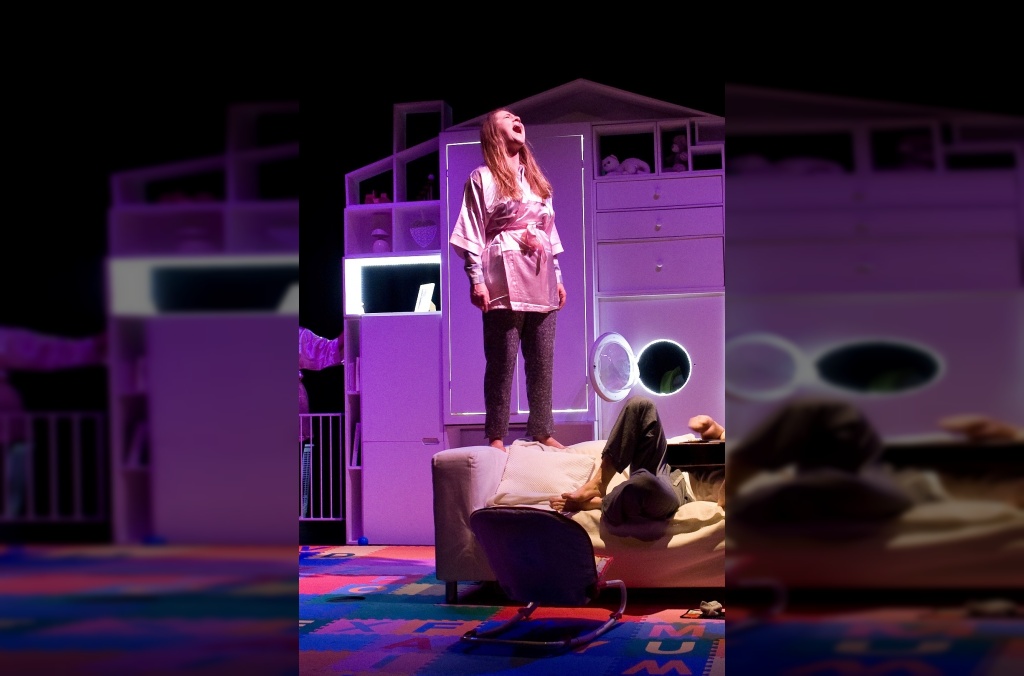
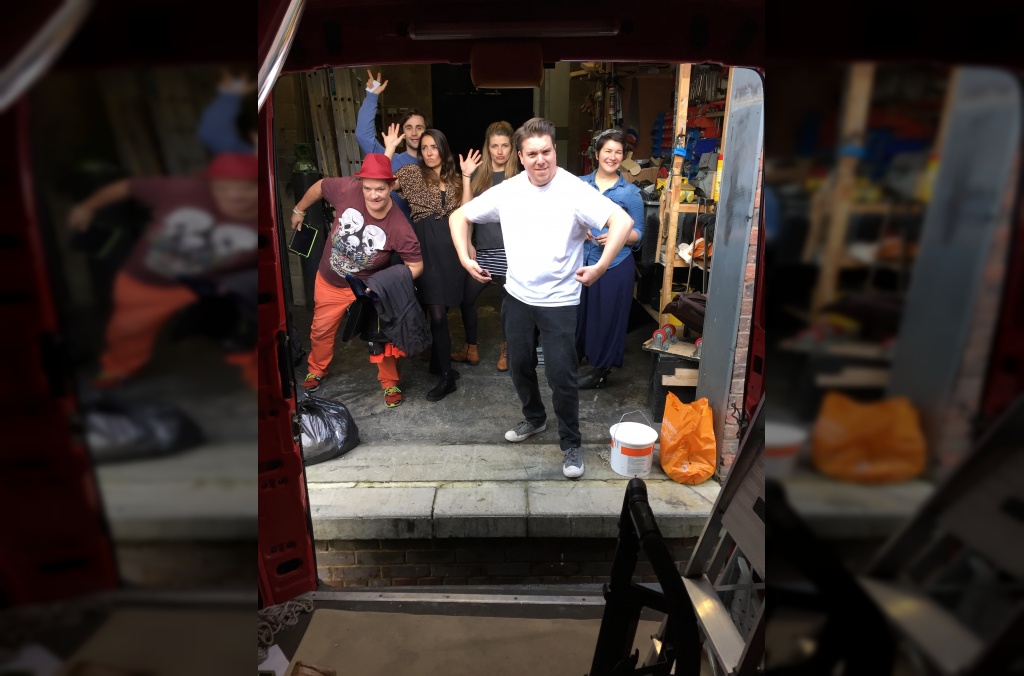
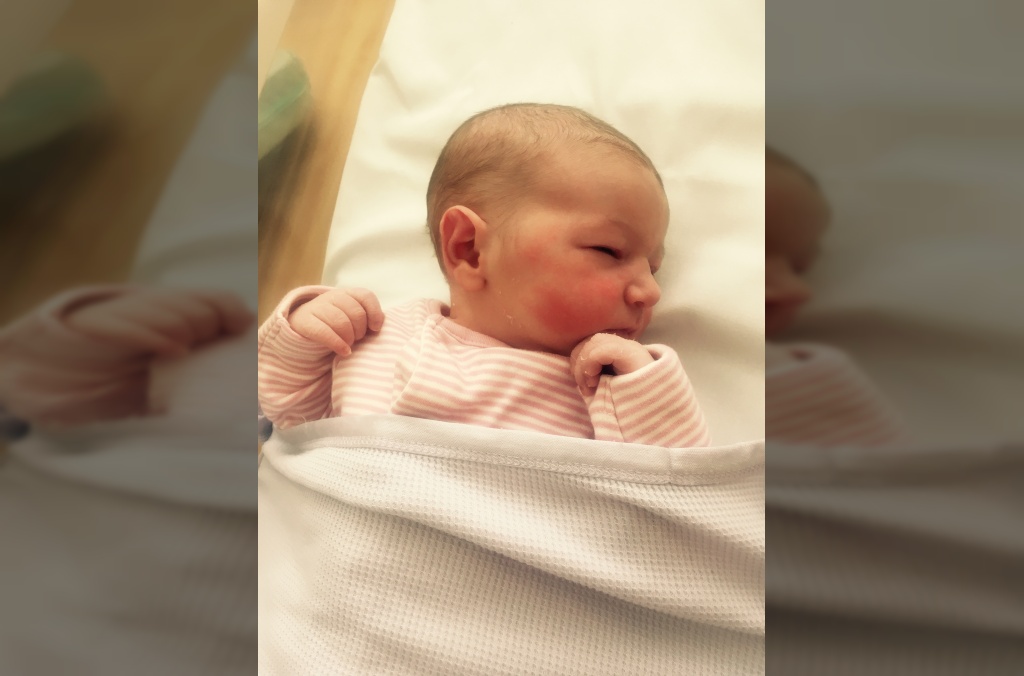
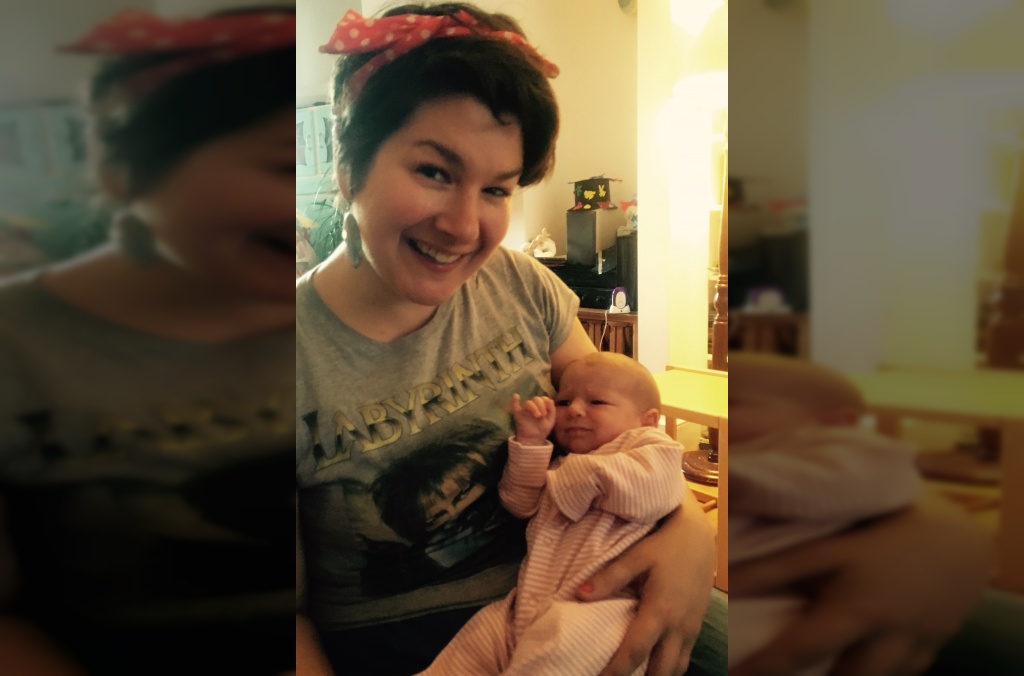
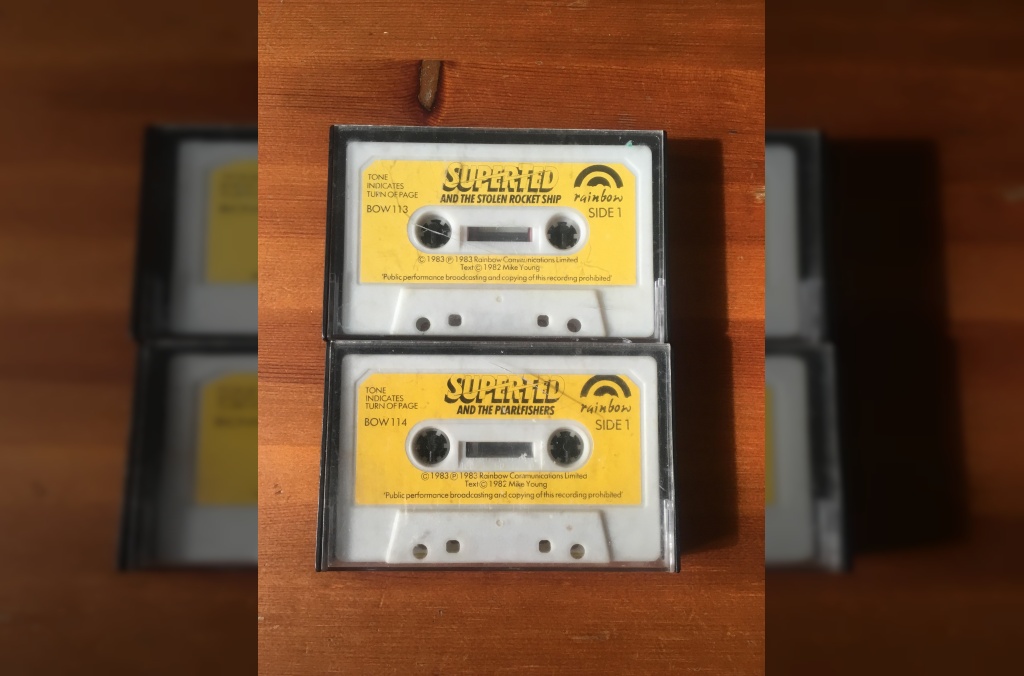
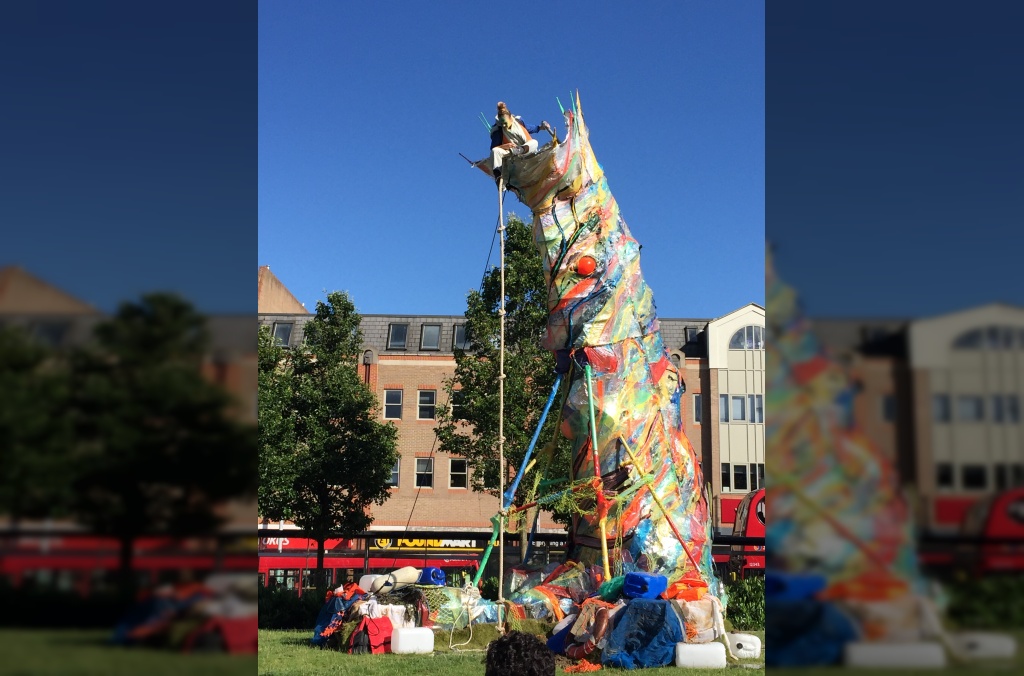
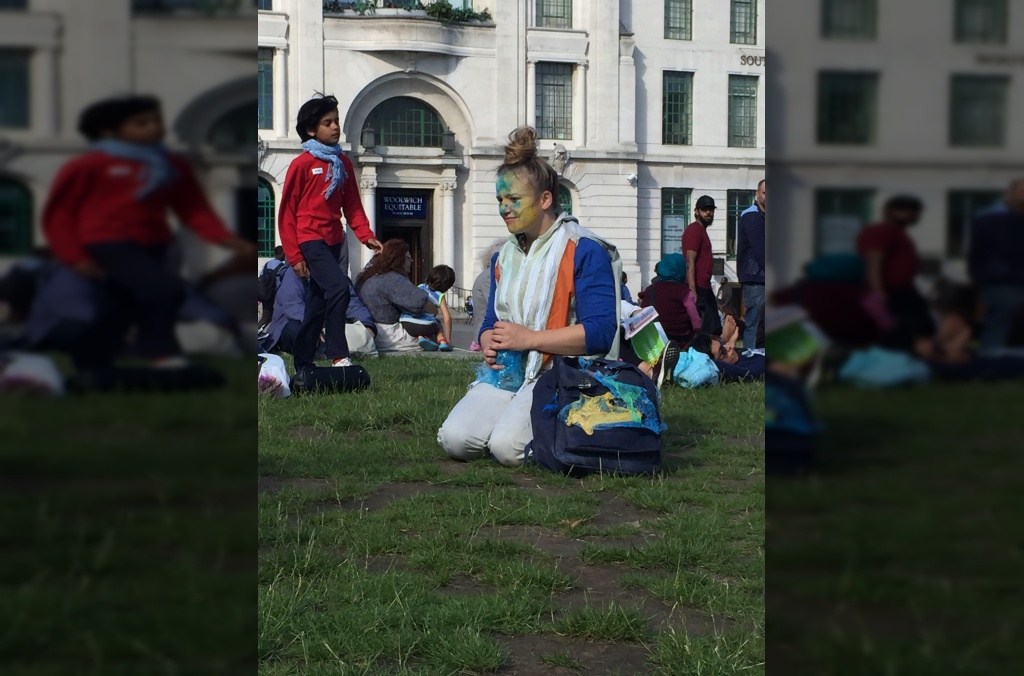
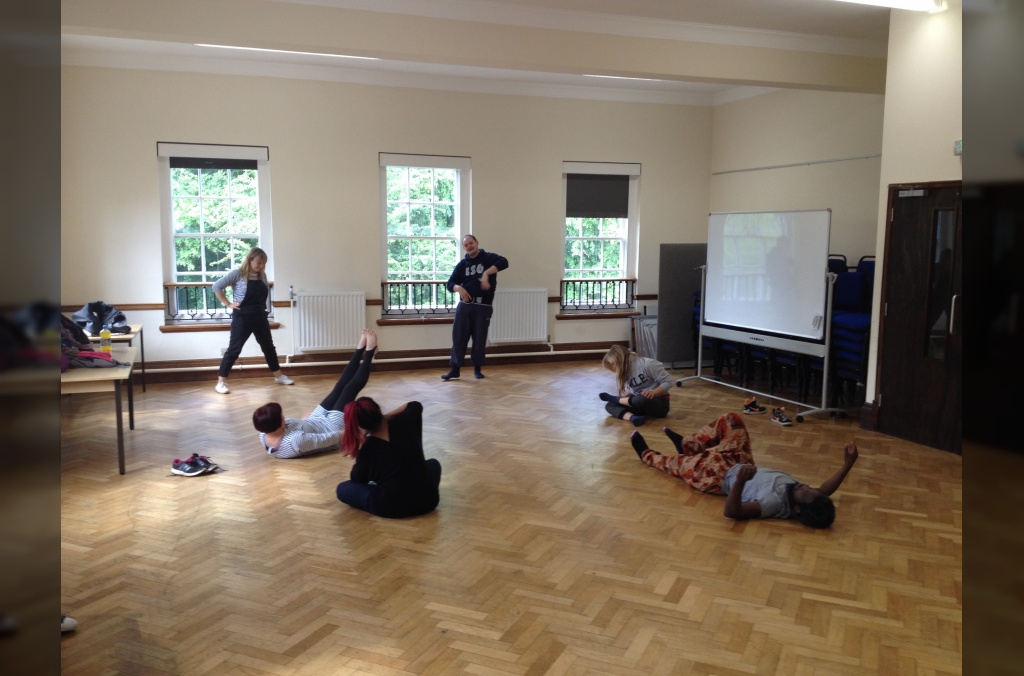
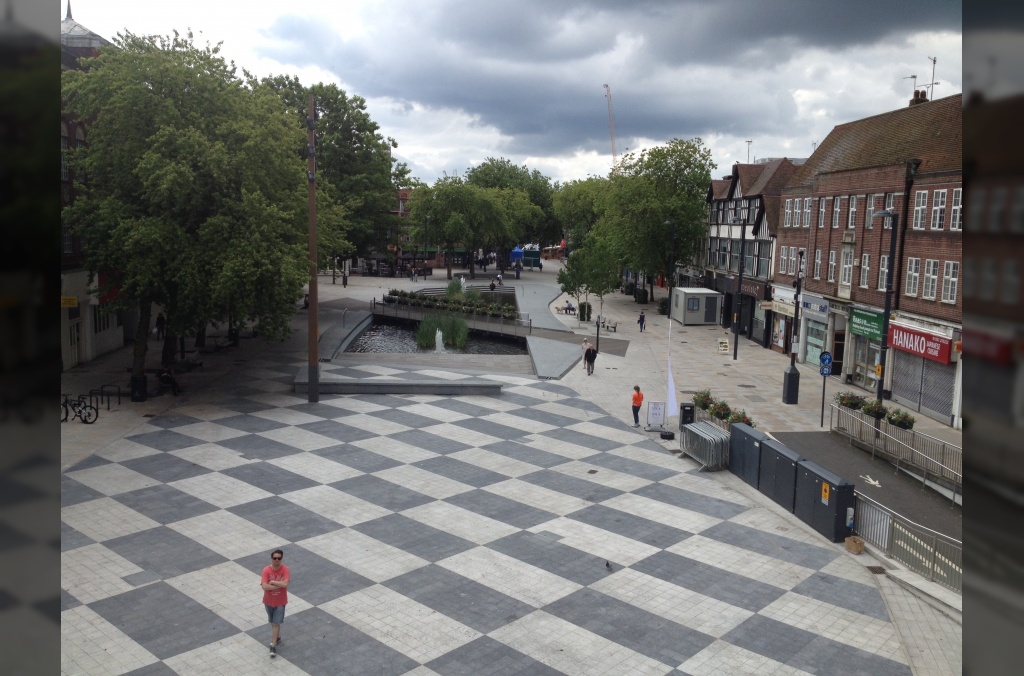
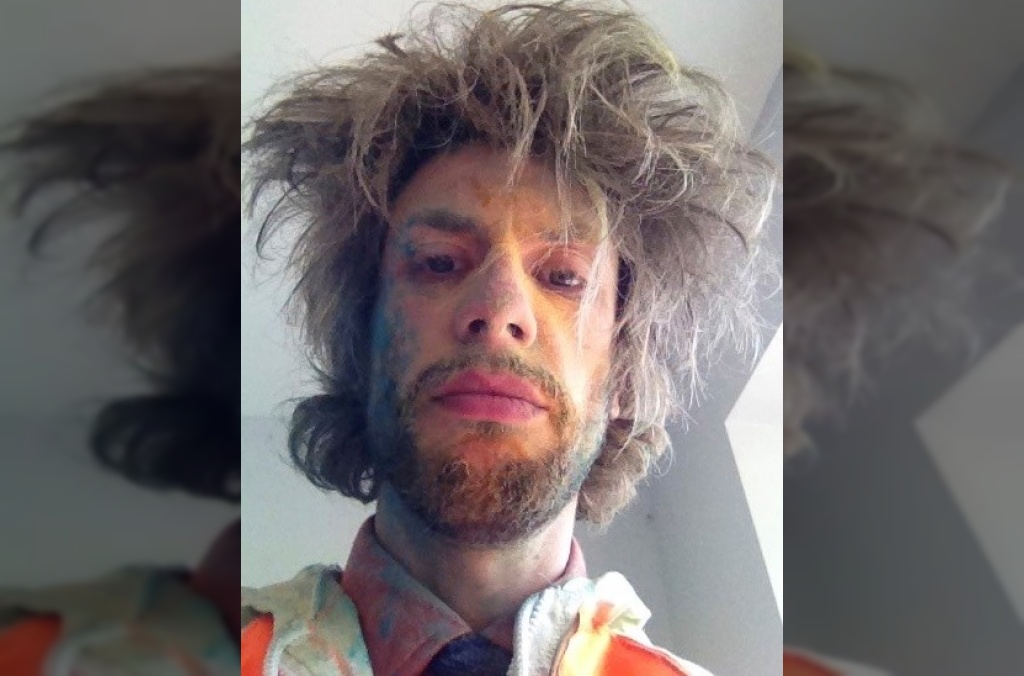
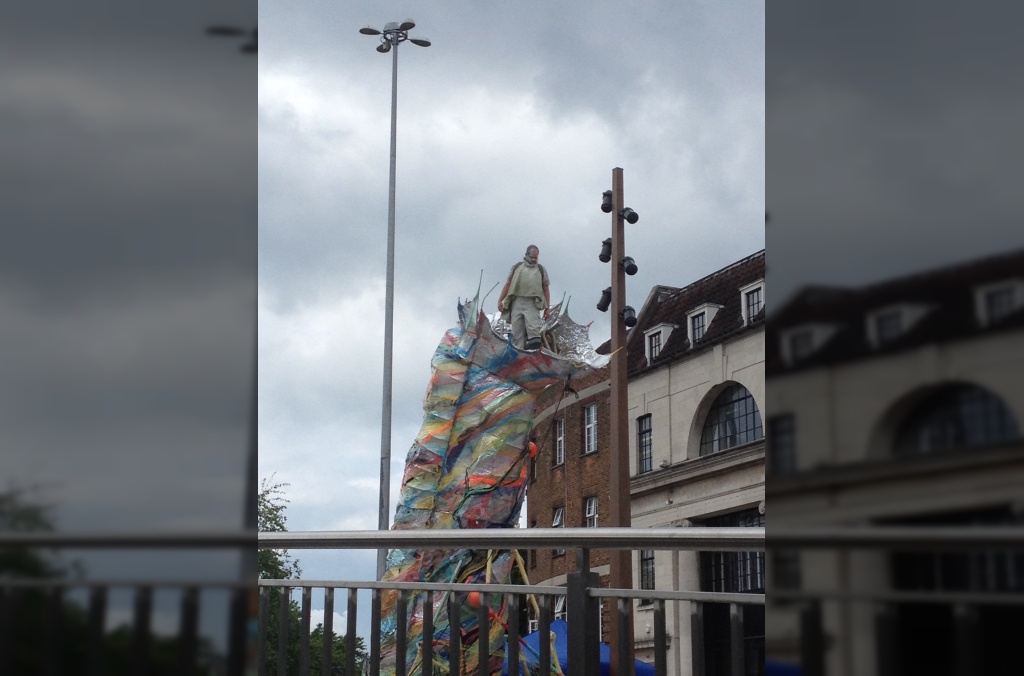

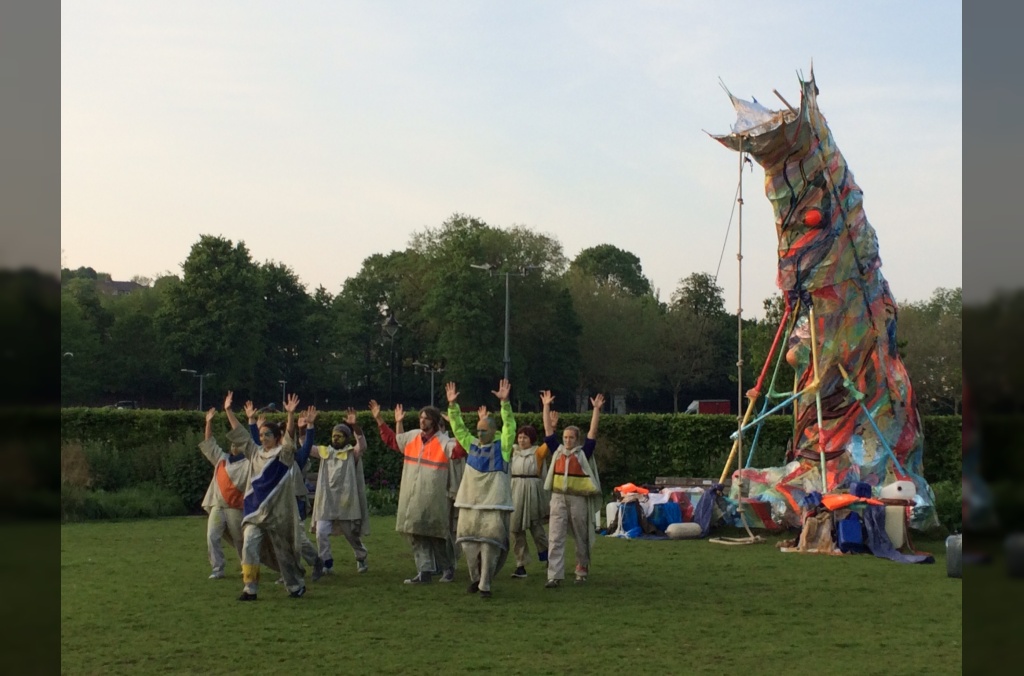
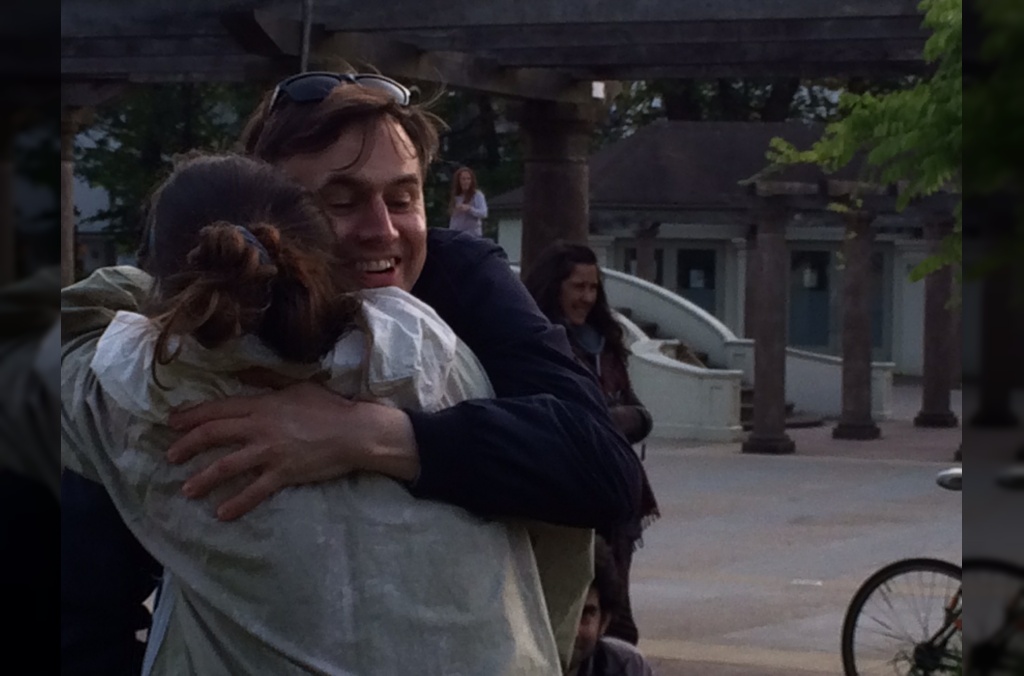
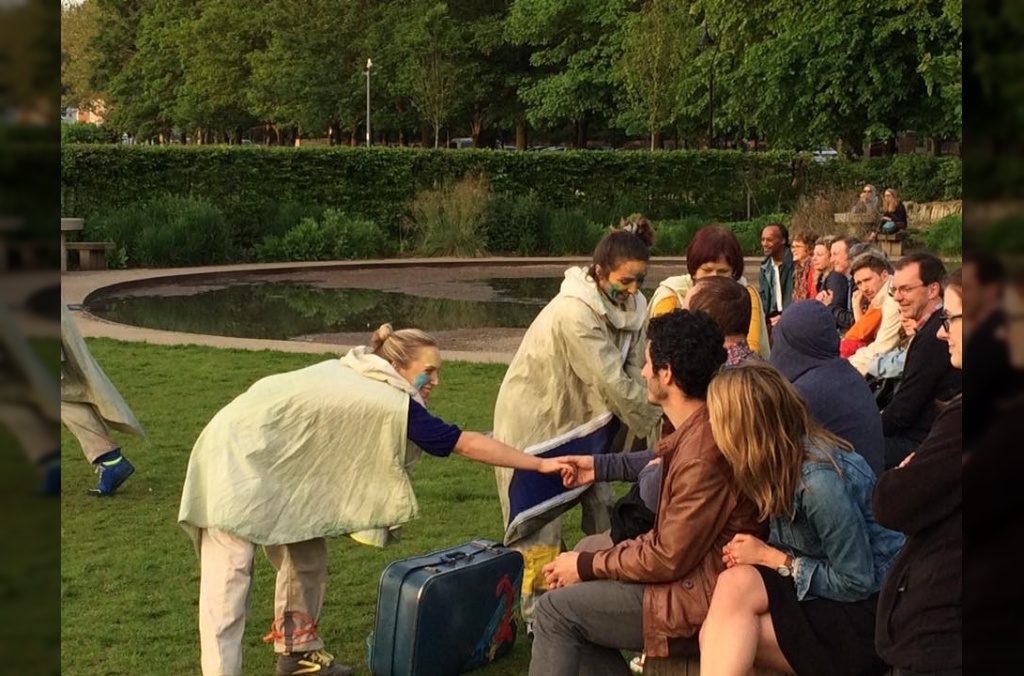
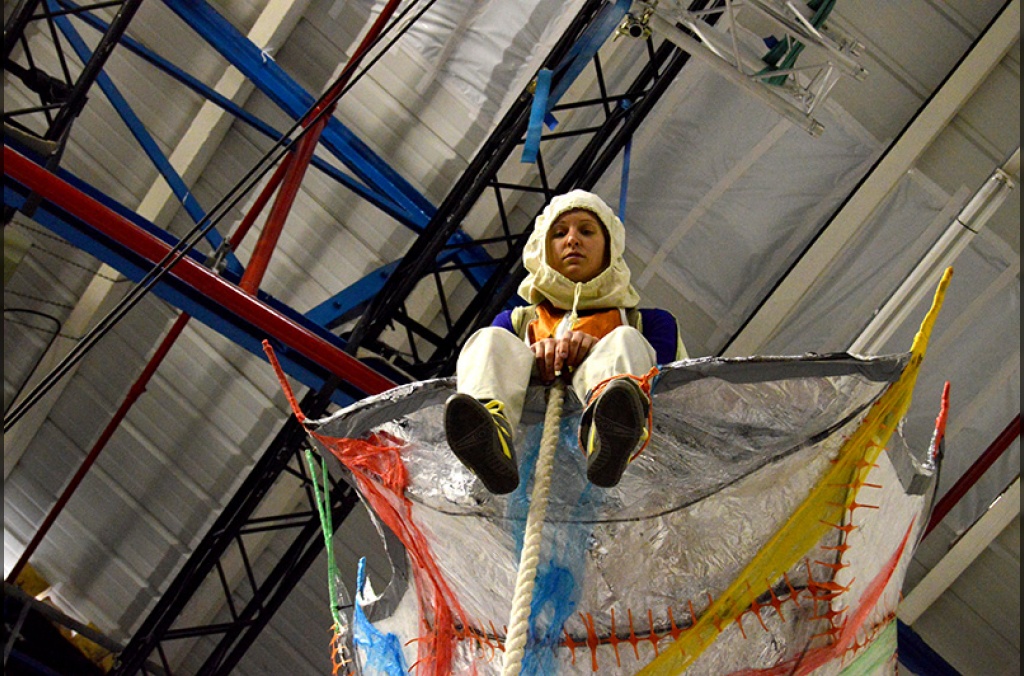

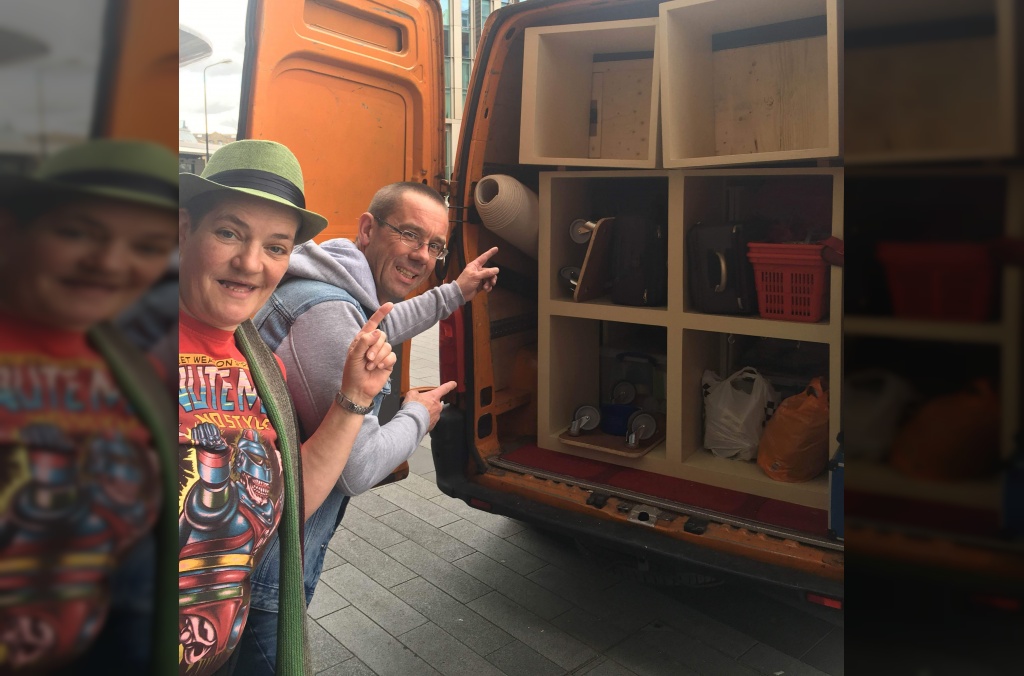


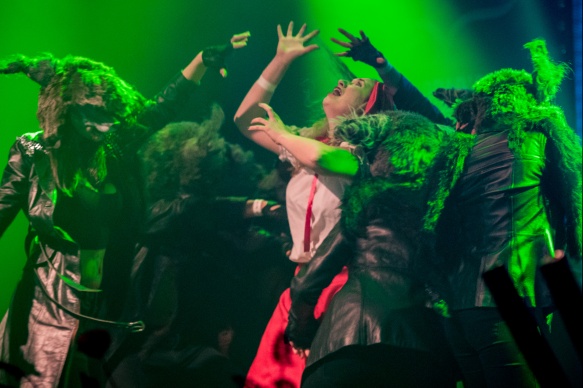

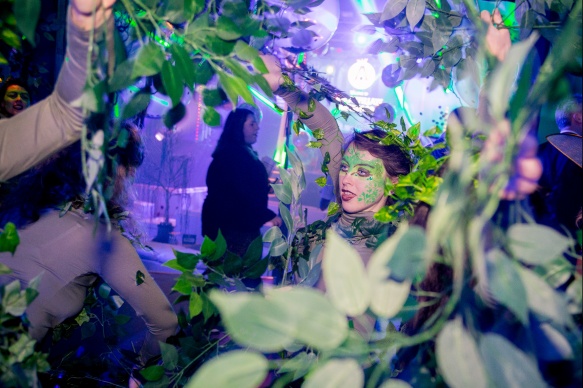
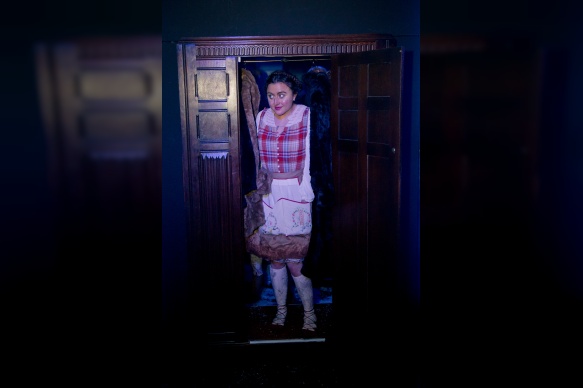

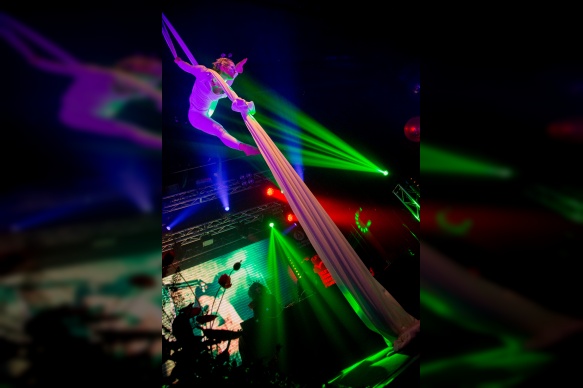
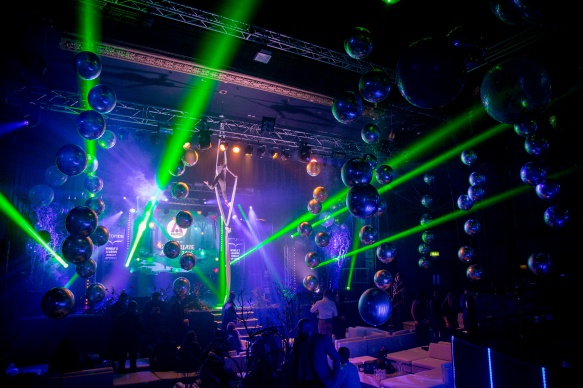
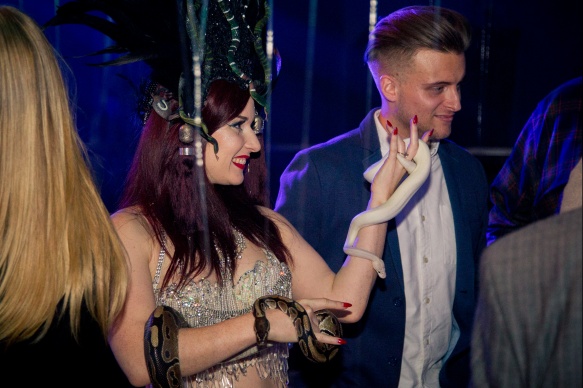
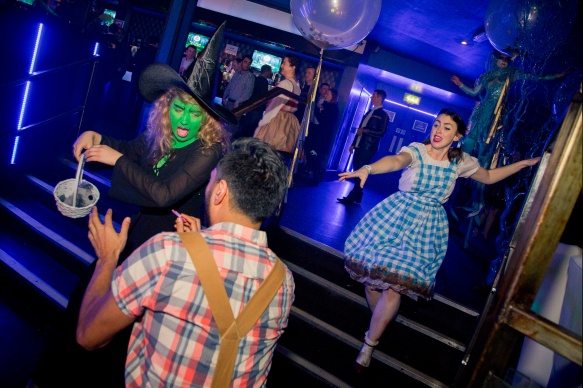
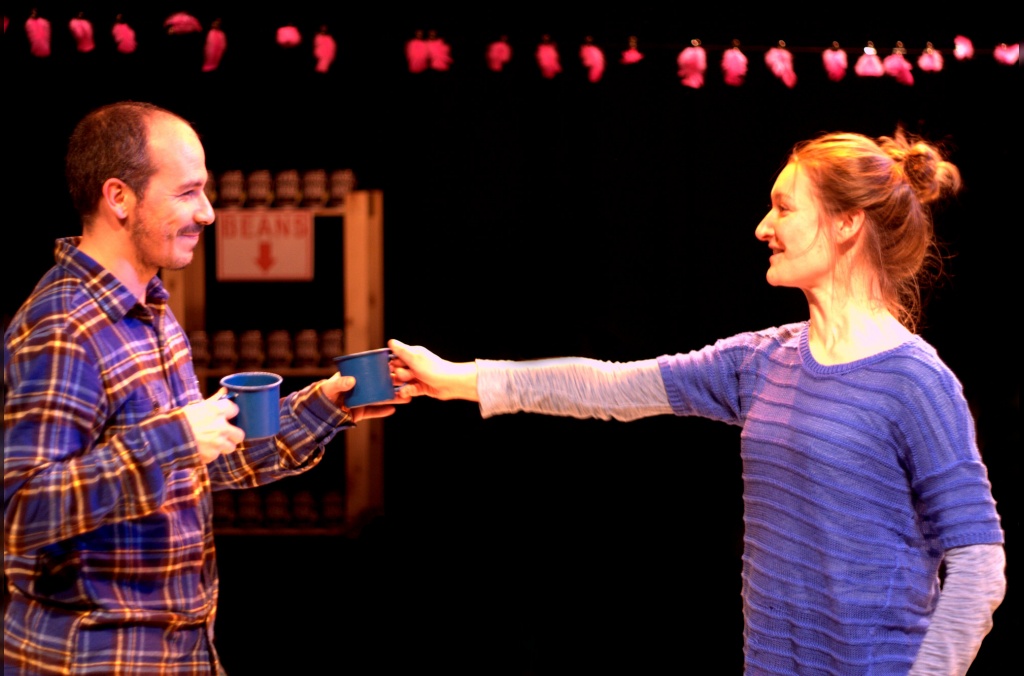

-2-640x420-blur.jpg)
